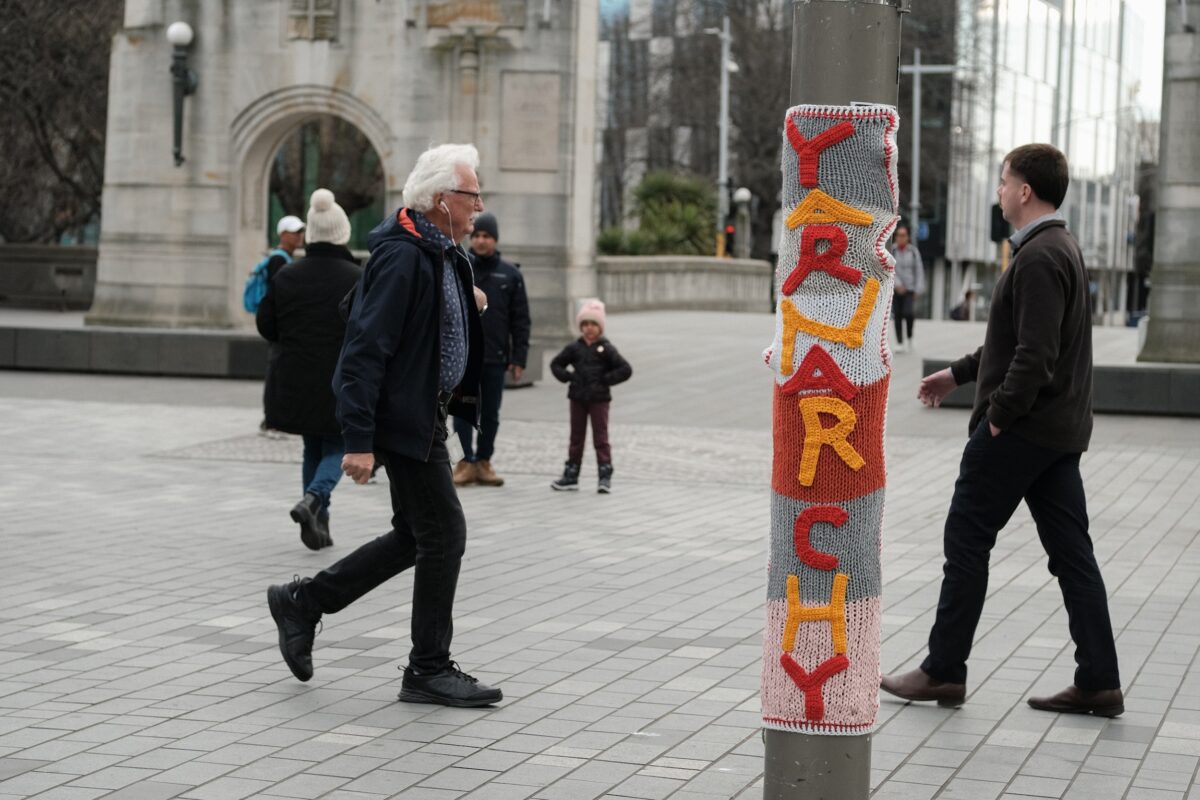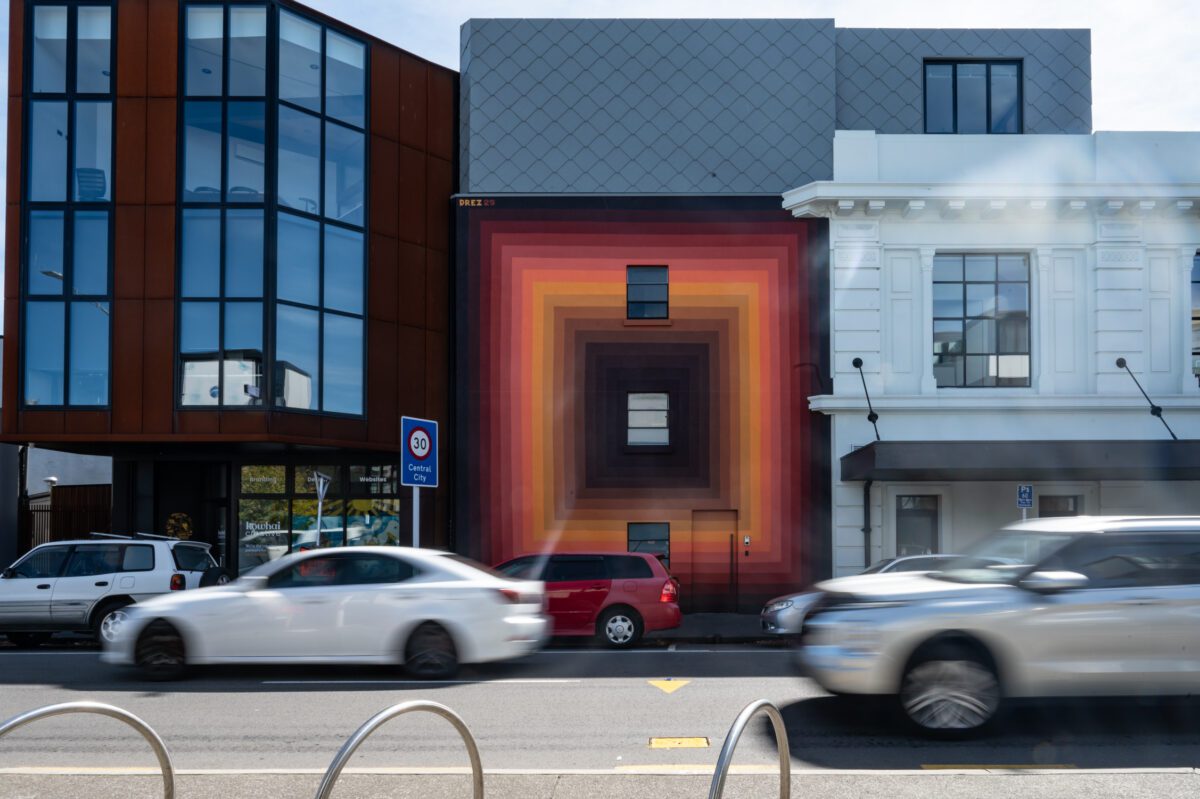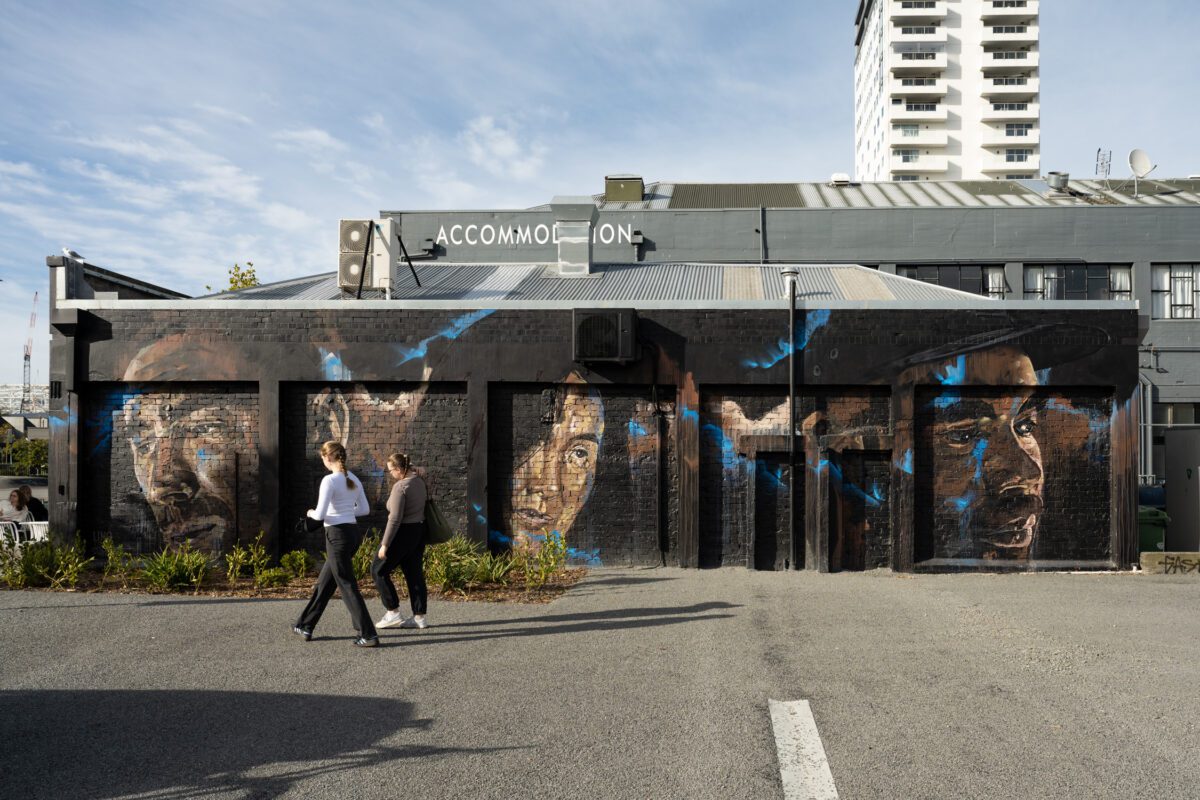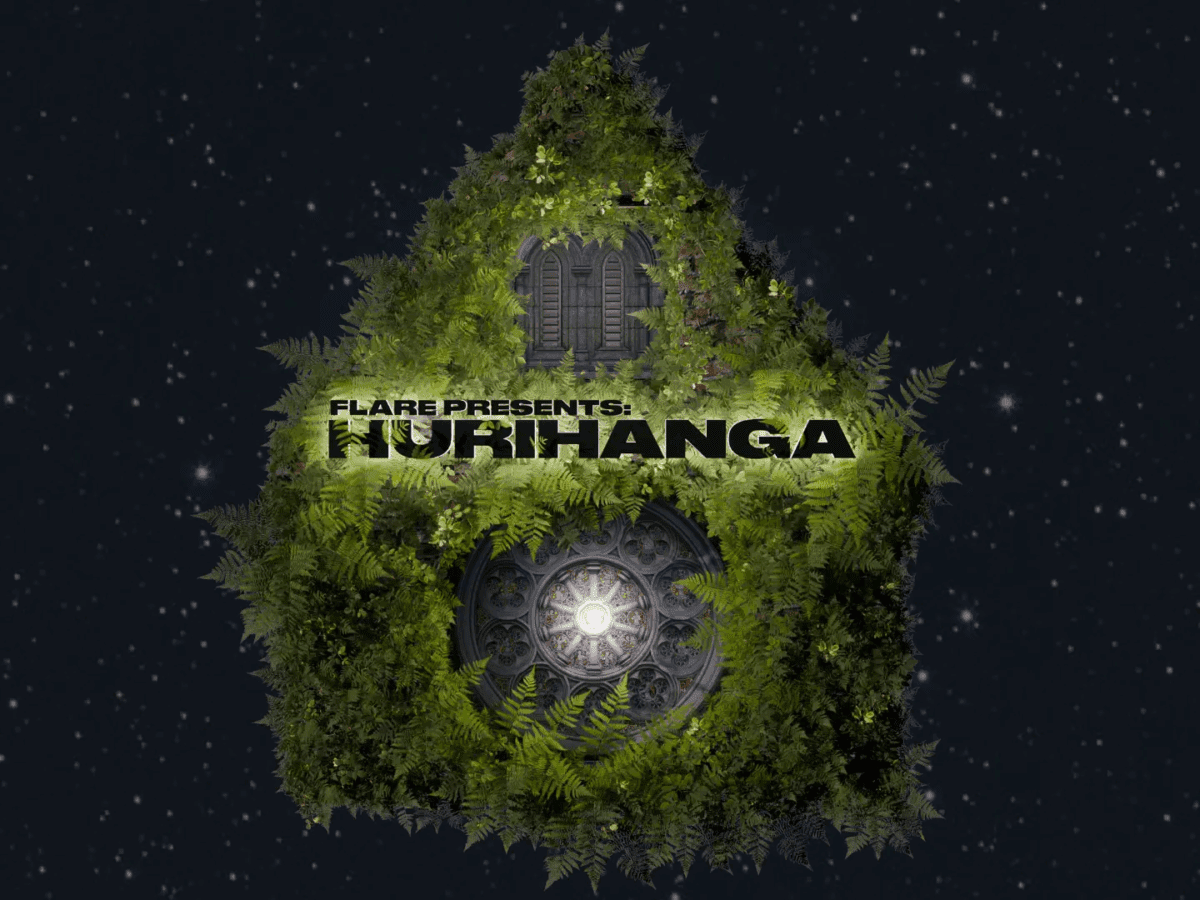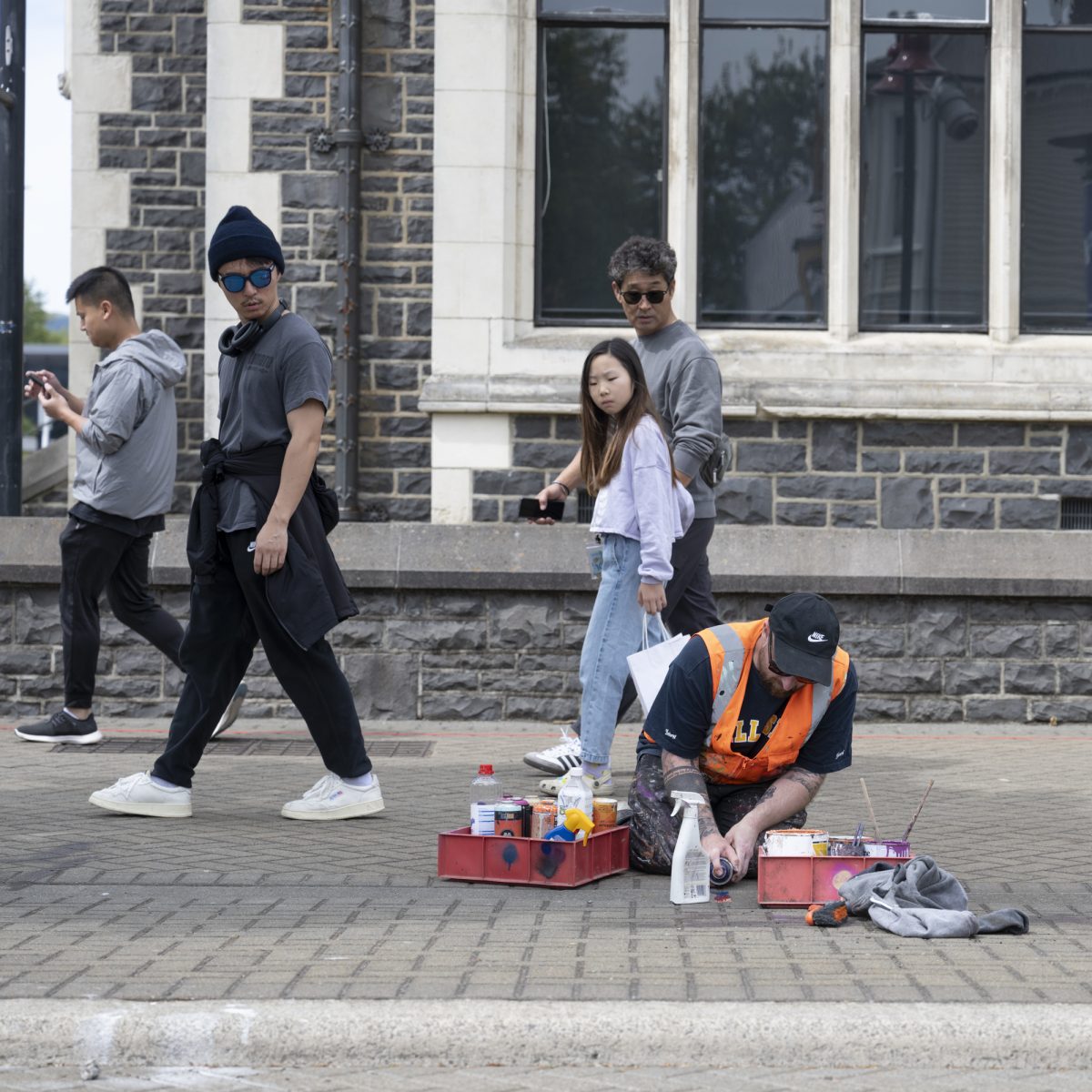Gap Filler’s Yarnarchy is a unique part of Ōtautahi’s urban creative scene — a festival dedicated to yarn-bombing and craftivism that celebrates both the power of urban intervention and the ability of urban craft to engage a diverse audience and community of artists — turning those with a passion for craft into street artists! Founded by Gap Filler’s Play Programme Coordinator Kate Finnerty, Yarnarchy is a vibrant activation and reconsideration of the city that is now into its fourth year. Growing and evolving over the last three festivals, 2025 is now in full swing, with an array of surprising artworks installed and a special collaboration with the amazing Jolt Dance — a local organisation that empowers people through the accessibility of dance. We chatted with Kate about Yarnarchy, the roots of the event, its evolution and why it is such a powerful experience…
Continue reading “Yarnarchy ’25 – An Interview with Kate Finnerty”Category: Festival
The Little Street Art Festival 2024 – A Recap of Aotearoa’s Most Unique Street Art Festival!
With the countdown now beginning for the 2025 Little Street Art Festival, we thought it was a perfect time to recap the 2024 incarnation of the little festival with a big heart! Staged in December 2024 (which in itself is hard to fathom in the midst of our grey, bleak winter), the 2024 Little Street Art Festival was the second staging of the event, and presented a new roster of artists and activations – bringing fresh ideas around urban creativity to Ōtautahi – expanding the discourse around how art can exist in our streets, a reminder that small can be impactful and artists need not be restricted solely to the 2D format of muralism. Avoiding a curatorial theme, the 2024 Little Street Art Festival embraced diversity of narratives and materials, opening up new possibilities for artists and exposing audiences to fresh uses of urban space.
Continue reading “The Little Street Art Festival 2024 – A Recap of Aotearoa’s Most Unique Street Art Festival!”Chromatic Oscillations – An Interview with Drez
Good things take time – that’s what they say, anyway. It’s hard to believe that it was mid-March when we sat down with Melbourne artist Drez to reflect on his whirlwind visit to Ōtautahi for the Flare Street Art Festival, where does the time go? With a lot going on, it has taken us a while to finally publish our conversation (conducted in a car in Phillipstown just before Drez departed for the airport!), but we know it is worth the wait! After getting to know Drez as he painted his striking mural on St Asaph Street, it was a privilege to take the chance to dive a bit deeper into his practice, his influences and the comparative cultural and historic landscapes of Aotearoa and Australia. A thoughtful and reflective presence, Drez reveals the importance that he places on his work’s ability to engage its audience through colour and form, eliciting a direct connection between art and experience…
Continue reading “Chromatic Oscillations – An Interview with Drez”Flare Ōtautahi Street Art Festival 2025 – A Photo Essay Recap…
It is hard to believe that three months have flown by since the 2025 Flare Ōtautahi Street Art Festival coloured our city’s walls with a flurry of activity and energy! A triumphant return for the mural festival, the 2025 iteration drew huge crowds, enthusiastic media coverage and, of course, a collection of impressive artworks that further cement Ōtautahi Christchurch as the urban art destination of Aotearoa. From colourful abstractions, striking portraits, and bold typography to sky-high surrealism, complex graffiti and poignant cultural narratives, Flare covered a range of bases stylistically and thematically. With more than 19 large-scale works and a series of activations, Flare 2025 was indicative of a city completely enamoured with turning our streets into canvasses and embracing possibility!
We thought that with the cold months now well and truly here, it would be an ideal time to bring some fire and warm some souls with a reminder of Flare’s goodness – so join us for a little stroll through memory lane with a visual recap of Flare Ōtautahi Street Art Festival 2025!
Continue reading “Flare Ōtautahi Street Art Festival 2025 – A Photo Essay Recap…”Lighting an Icon for Puanga Matariki – Flare Ōtautahi Street Art Festival, Offline Collective and Christ Church Cathedral Present Hurihanga
As part of Ōtautahi’s Matariki celebrations, the city’s most iconic heritage building has been illuminated by a powerful projection created by the Offline Collective’s Sam Emerson (Ngāi Tahu) in collaboration with collective members Michael Duggan and Charlie Pitts. Presented by Flare Ōtautahi Street Art Festival, the Christ Church Cathedral Reinstatement Project and Offline Collective, Hurihanga transforms the Cathedral’s exterior into a canvas of light, honouring stories of renewal, remembrance, and whakapapa through breathtaking visuals and mātauranga Māori.
Continue reading “Lighting an Icon for Puanga Matariki – Flare Ōtautahi Street Art Festival, Offline Collective and Christ Church Cathedral Present Hurihanga”Jacob Yikes Goes Big for Flare!
We love @larraman’s time lapse of Jacob Yikes’ massive mural on the Distinction for Flare Ōtautahi Street Art Festival – an insight into the work that goes into such a huge undertaking! Thanks to ChristchurchNZ and @larraman for this incredible footage – and to Flare and Yikes for the vision! Tallest mural in Aotearoa? Completed it mate!
Stay tuned for more Flare Ōtautahi Street Art Festival recaps!
Watch This Space X Flare Ōtautahi Street Art Festival Artist Panel
Watch This Space was proud to host the 2025 artist panel discussion for the Flare Ōtautahi Street Art Festival. Joined onstage by Haser, Fluro, Berst, Jessie Rawcliffe and Ling, the conversation ranged from cultural influences and connection to place, to graffiti’s lineage, the differences between Melbourne and Ōtautahi and when Ling will finally paint a portrait of Berst! Hosted at Dux Central, the event capped a massive week for the artists and organisers of the Flare Festival. Luckily, in case you missed it, we recorded the event and you can watch it below!
Thanks to Corban Tupou for hosting the live stream and Local Elements for working the sound! We are already looking forward to 2026!
Flare Ōtautahi Street Art Festival 2025 – What, where, when and how to get involved!
The Flare Ōtautahi Street Art Festival kicks off on Thursday, 27th February – and it is bringing 10 days of epic street art goodness! With a massive offering of things to do and see, let’s get everything you need to know in one place!
Continue reading “Flare Ōtautahi Street Art Festival 2025 – What, where, when and how to get involved!”Flare Ōtautahi Street Art Festival 2025 Is Almost Here!
After a three year hiatus, the Flare Ōtautahi Street Art Festival is back for 2025! Featuring seven headline artists creating large-scale murals across the city, more than 50 additional artists contributing to a range of creative activations, street art tours, an artist panel, workshops, a market and an exhibition – this is going to be huge! Oh, and did we mention the creation of Aotearoa’s tallest mural by Jacob Yikes?!?
To mark this return, we caught up with some of the central organising crew – project manager Selina Faimalo, artists Dcypher and Kophie a.k.a Meep, along with our own Reuben Woods to chat about the challenges, the excitement and legacy of Flare!
Continue reading “Flare Ōtautahi Street Art Festival 2025 Is Almost Here!”The Little Street Art Festival – A Little Recap
After several years of developing, planning and piecing together the logistics, Watch This Space was proud to finally bring the Little Street Art Festival to life in Otautahi Christchurch in late 2023!
The festival was conceived as a platform for alternative approaches to street art, especially smaller scale and materially diverse practices. As such, serves as a point of difference from established mural festivals and provides artists who either don’t fit the profile of large-scale muralism or want to push to new directions with their work. For the inaugural festival, we gathered nine local creatives, a mixture of established names and newer artists and helped them take their work to the streets – Jacob Yikes, Ghostcat, Ikarus, Jessie Rawcliffe, Bloom, Dark Ballad, teethlikescrewdrivers, Nathan Ingram and Kophie a.k.a Meep, all contributing whimsical, meaningful and striking pieces. The installations ranged from paintings to sculptural pieces, interactive and participatory approaches and ephemeral interventions. With over 50 individuals pieces scattered throughout the city, the festival encouraged exploration and new ways of looking. In addition to the featured artworks, the festival also presented a programme of free events, including walking tours, an artist panel discussion, treasure hunts, workshops and activations (including Tink’s installation at festival sponsor Westfield Riccarton). We were blown away with the response to the festival and we can’t wait to bring the Little Street Art Festival back soon! For more information, check out our website: https://www.littlestreetartfestival.co.nz/ – but for now – check out some of our favourite pictures captured by festival photographer Centuri Chan…
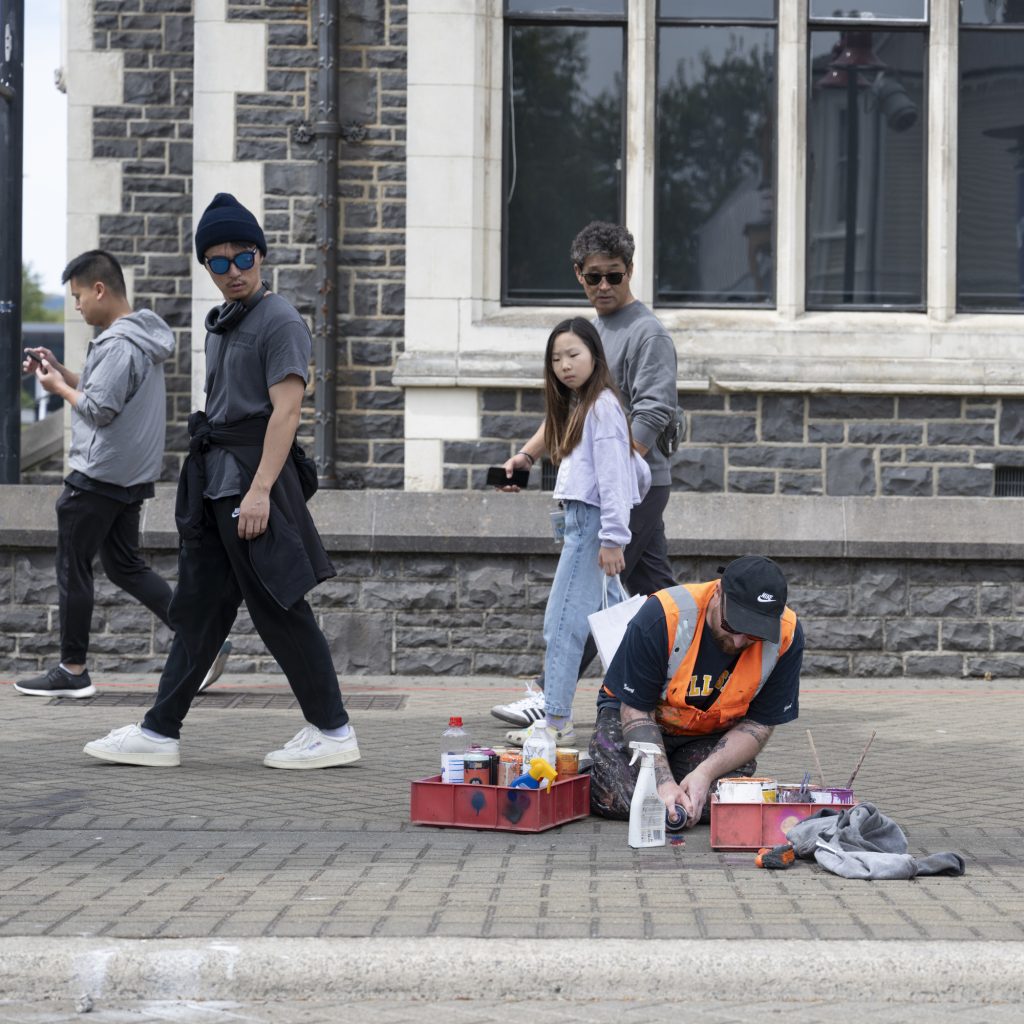
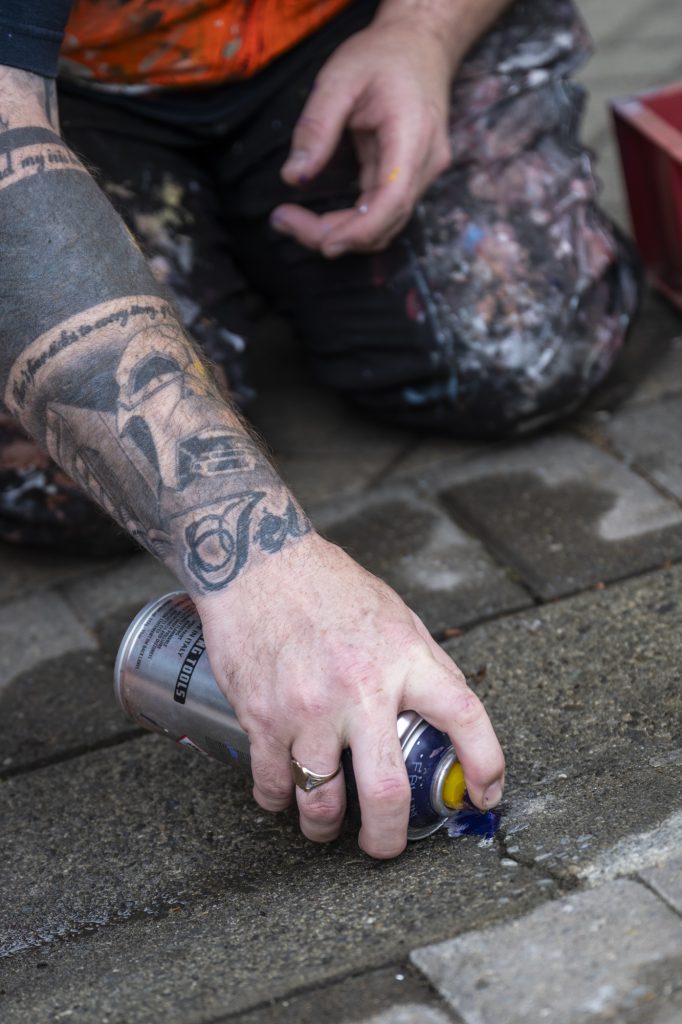
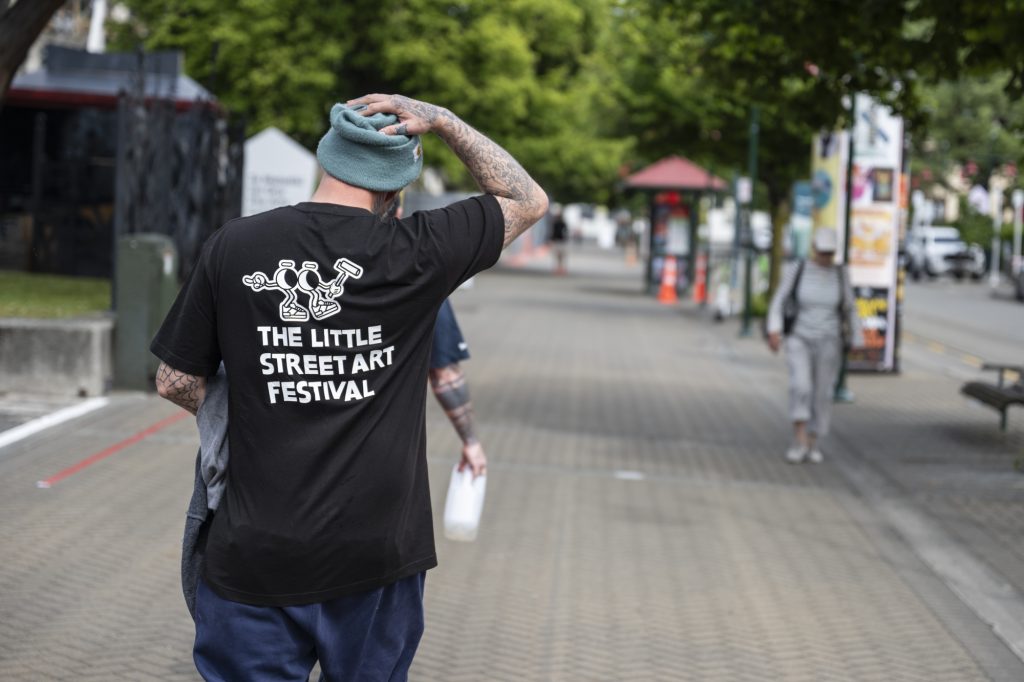
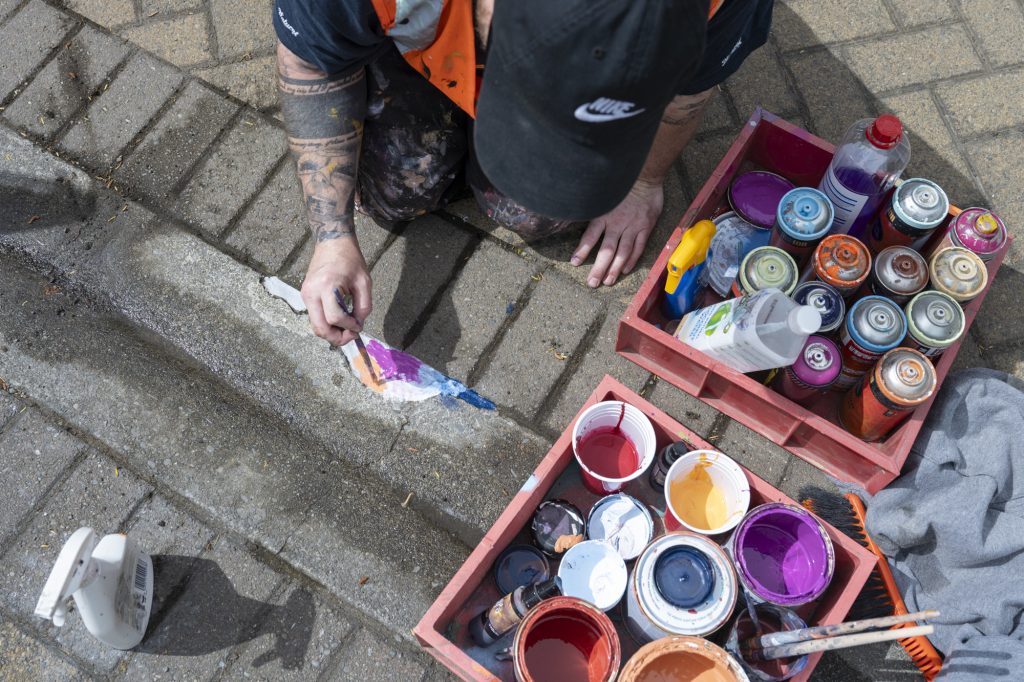
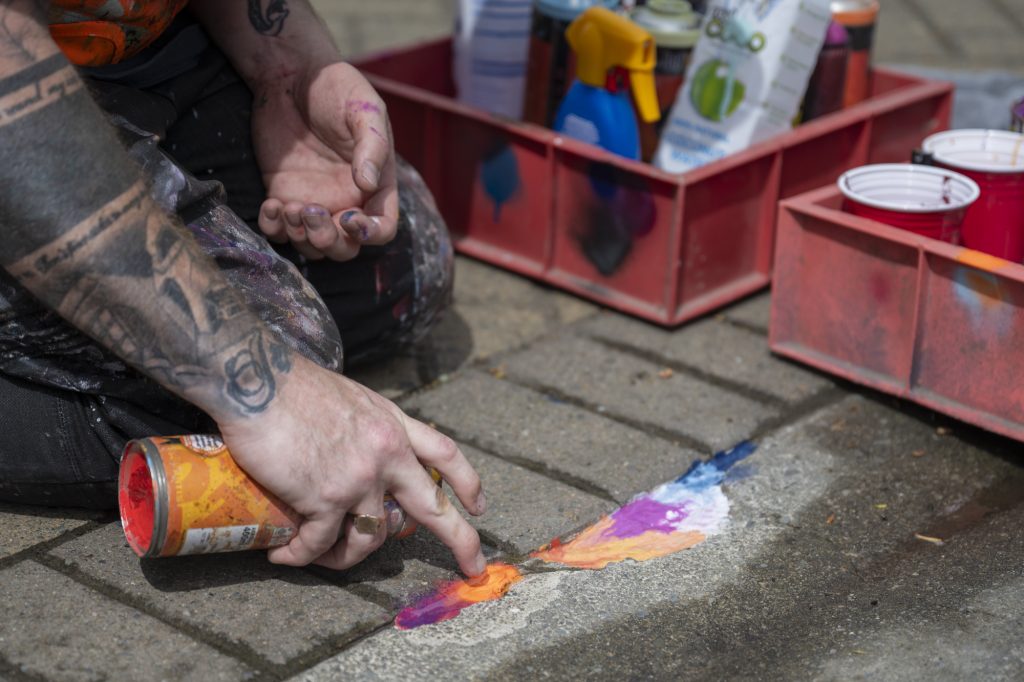
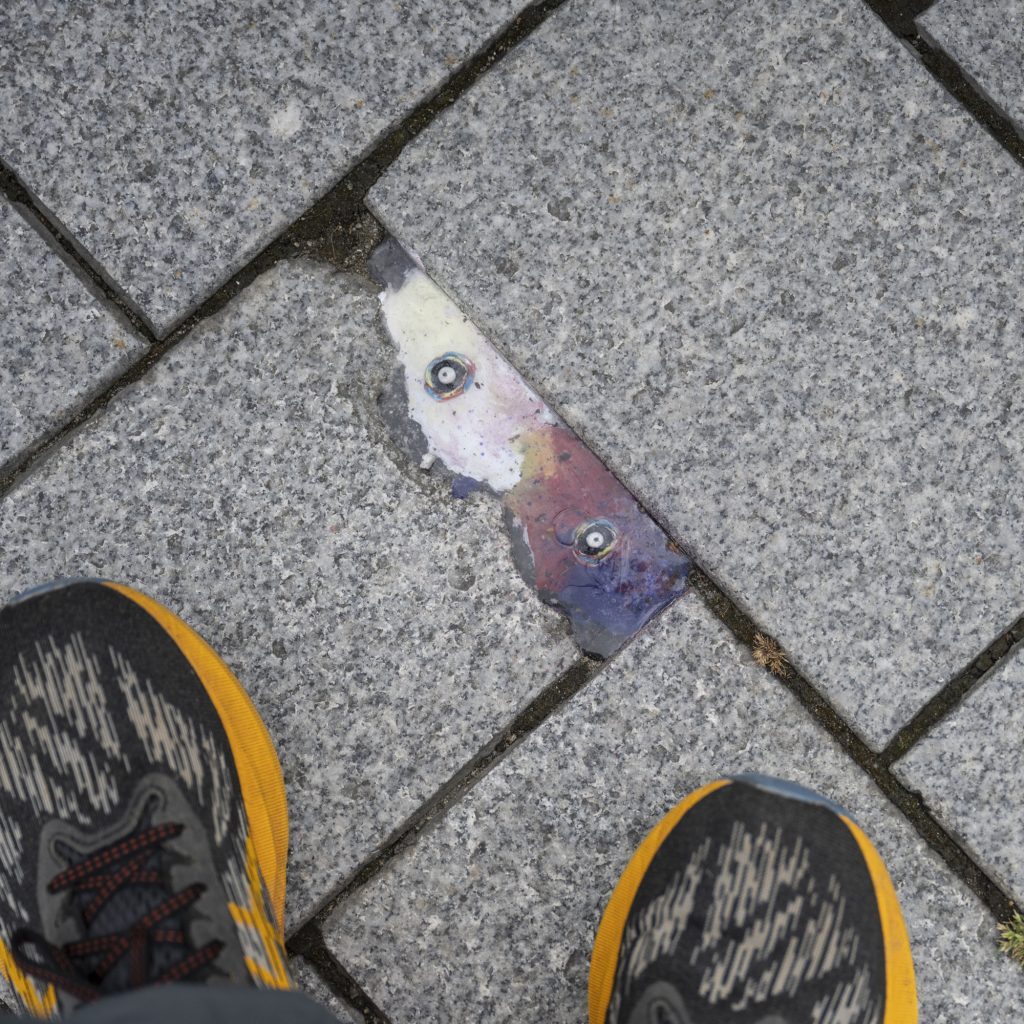
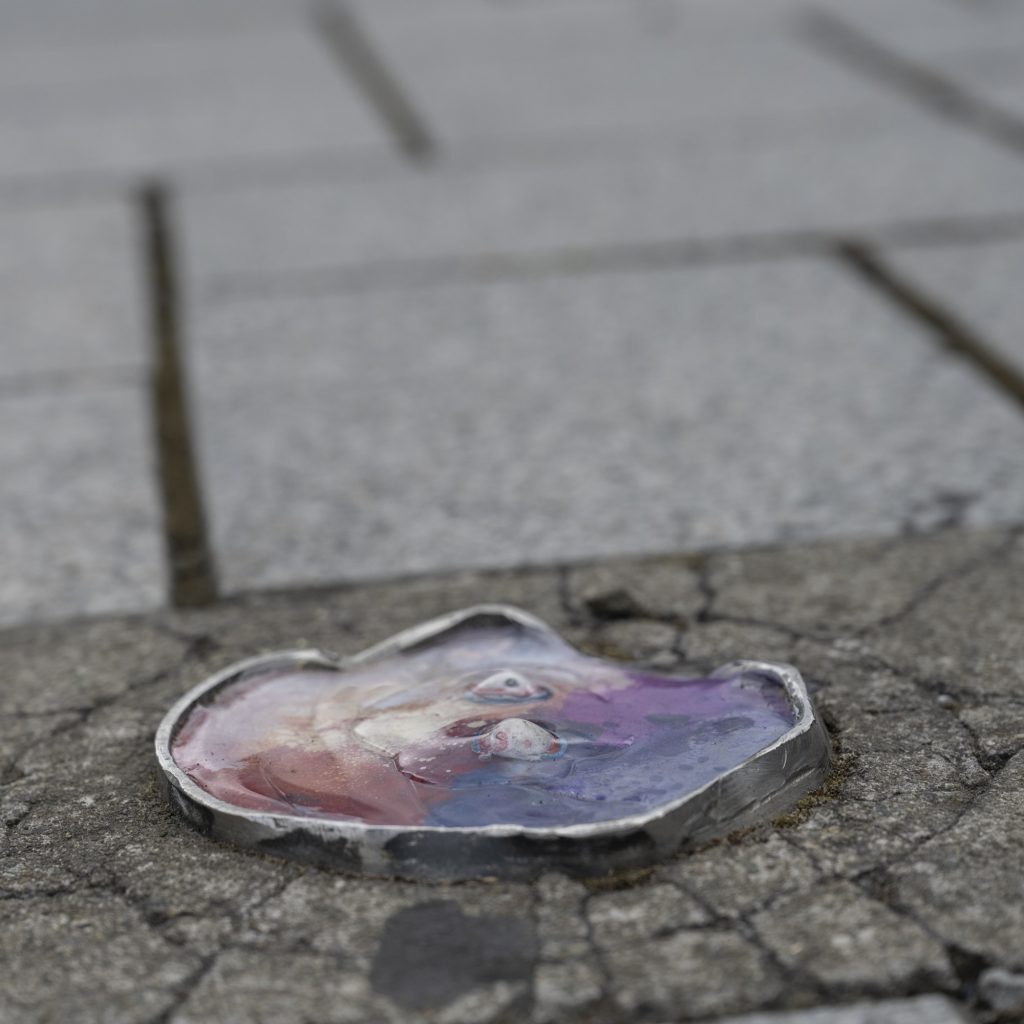
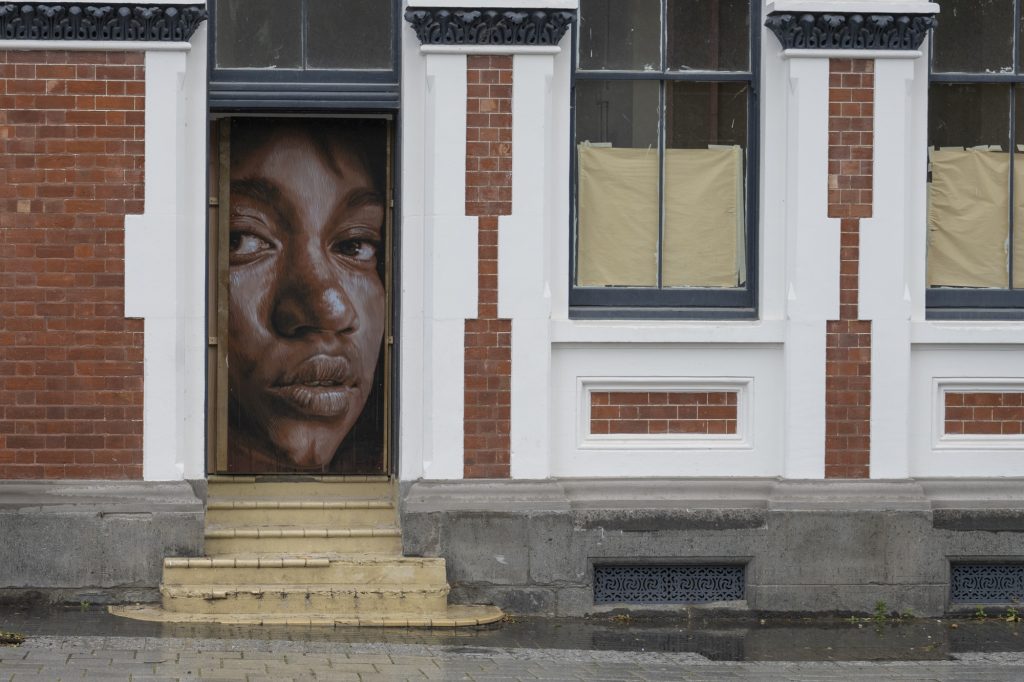
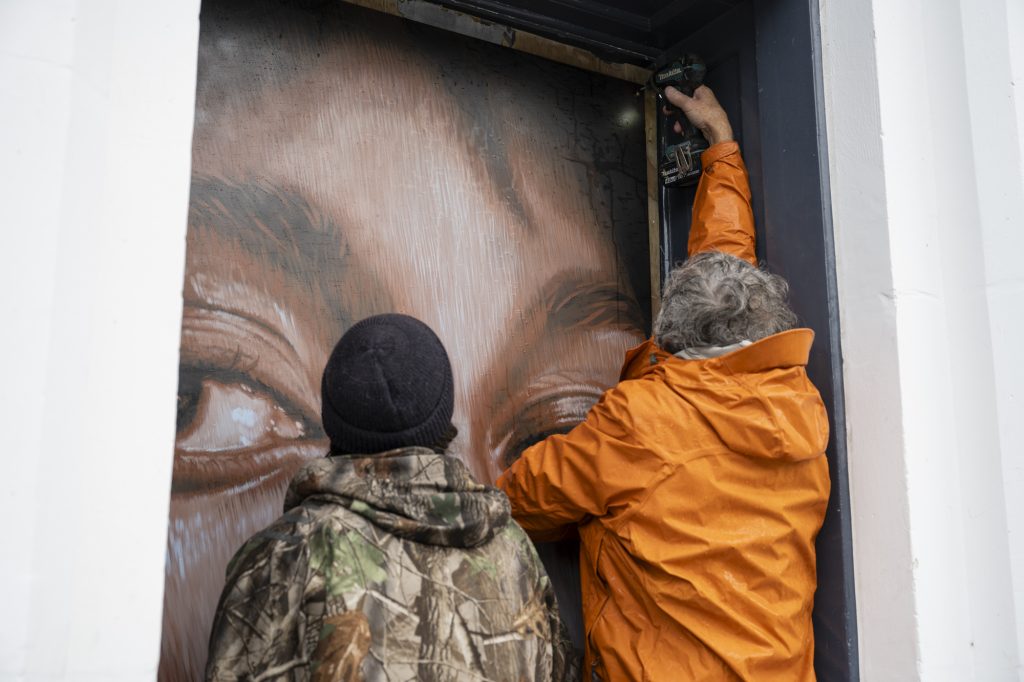
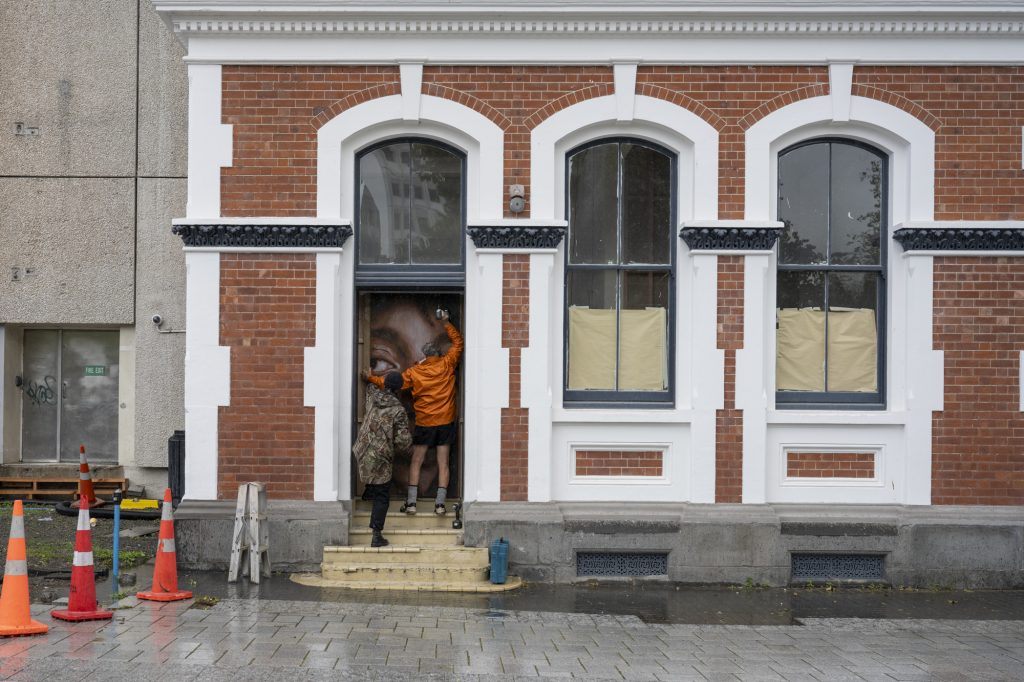
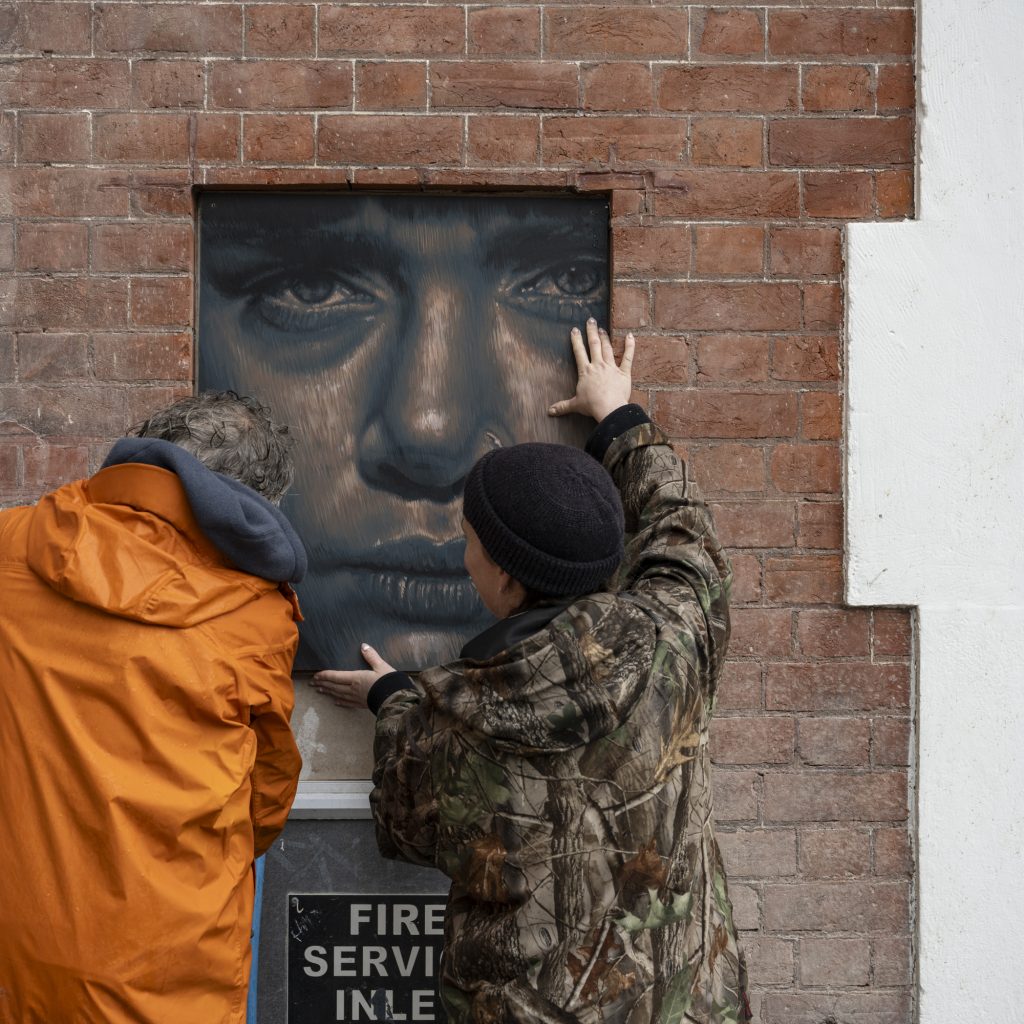
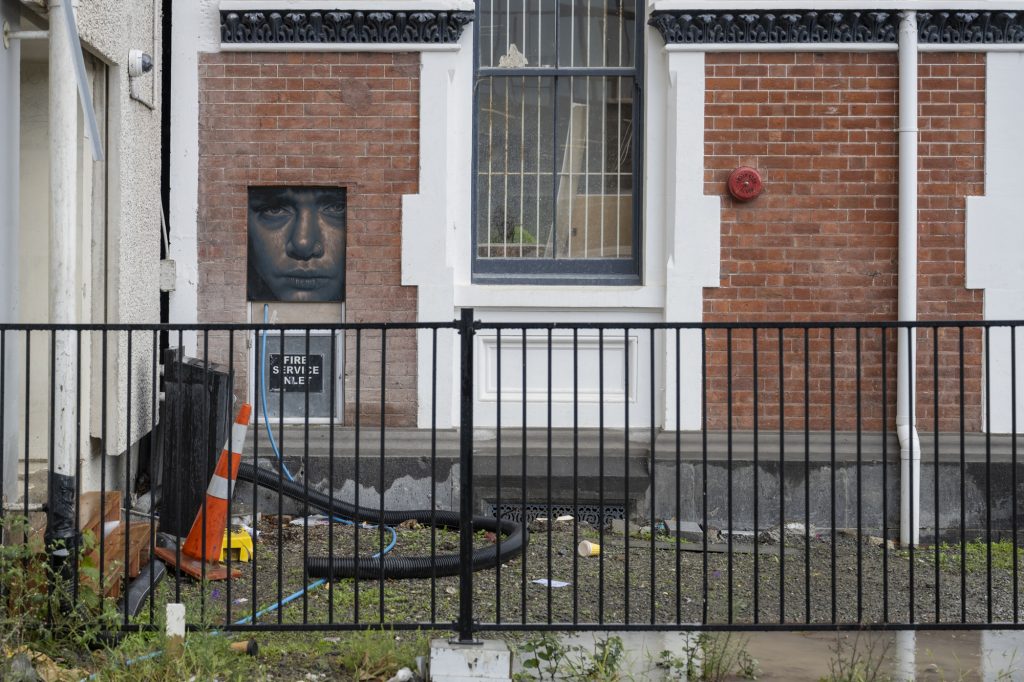
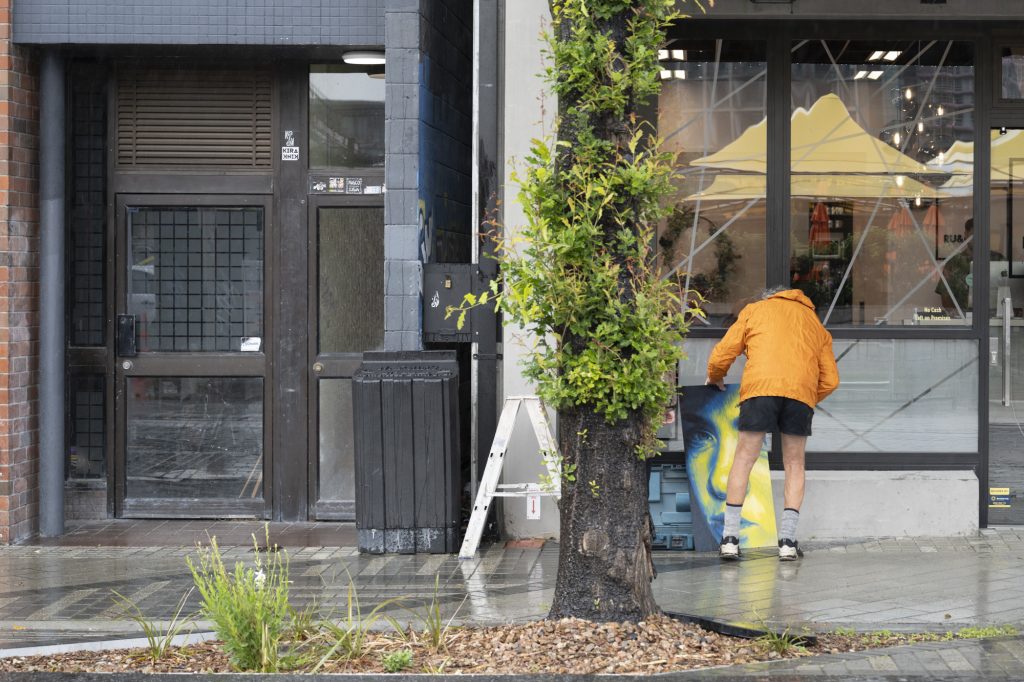
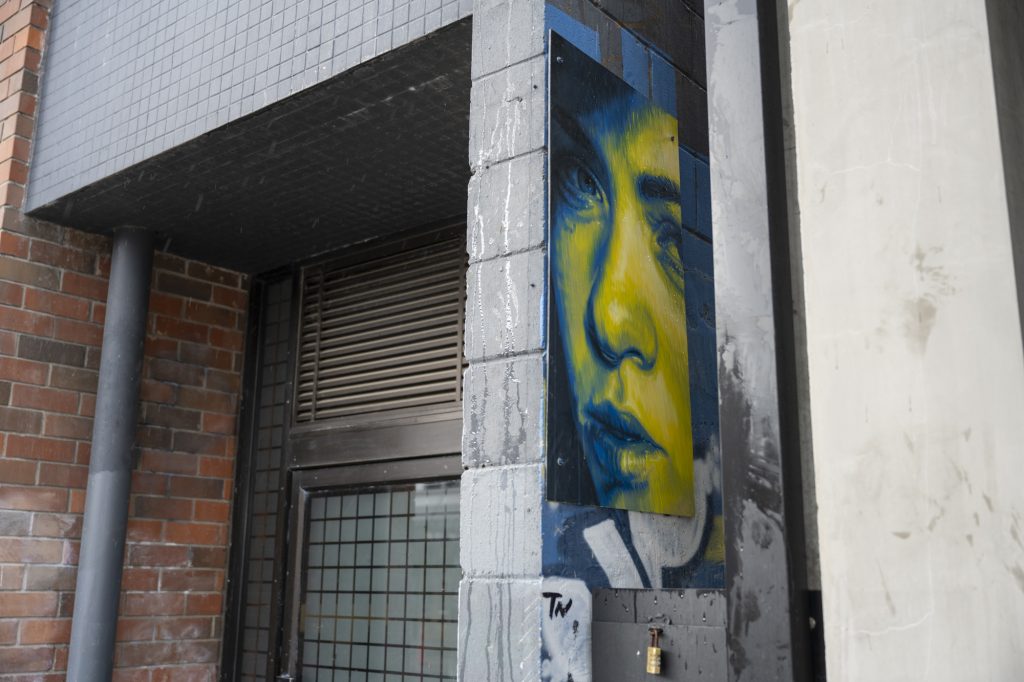
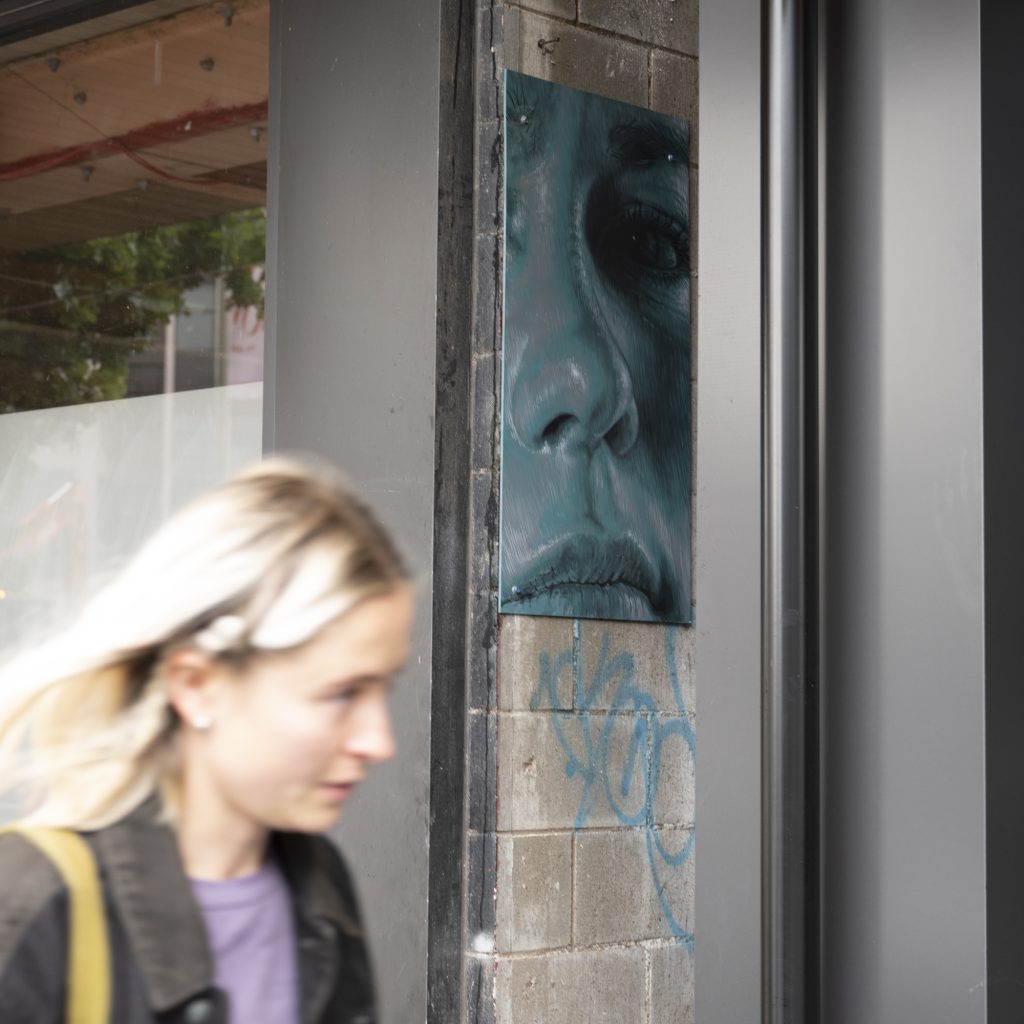
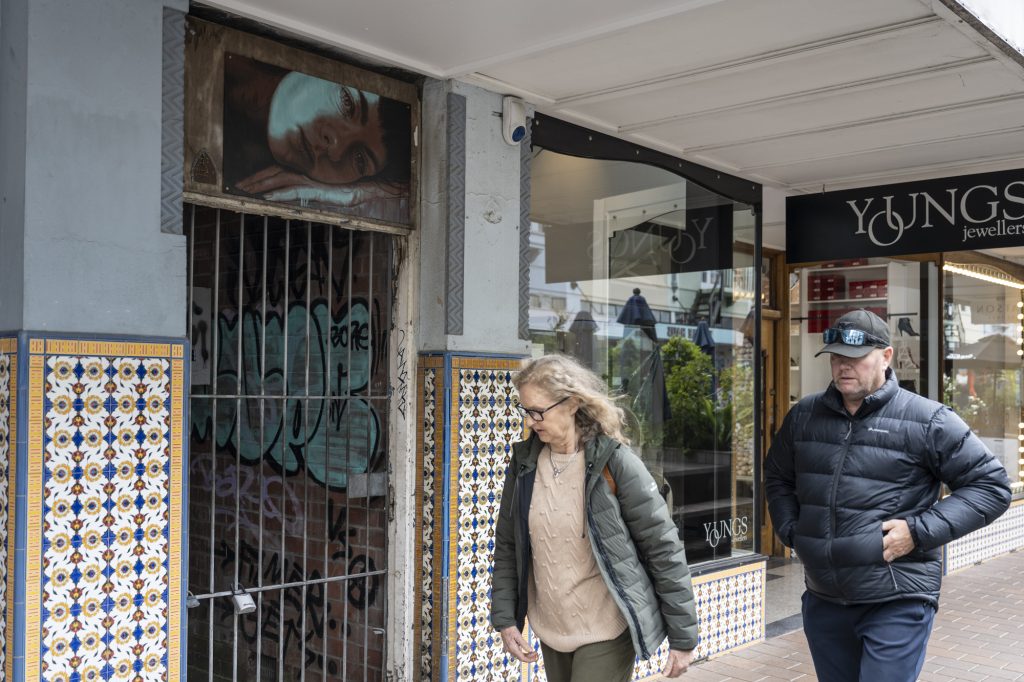
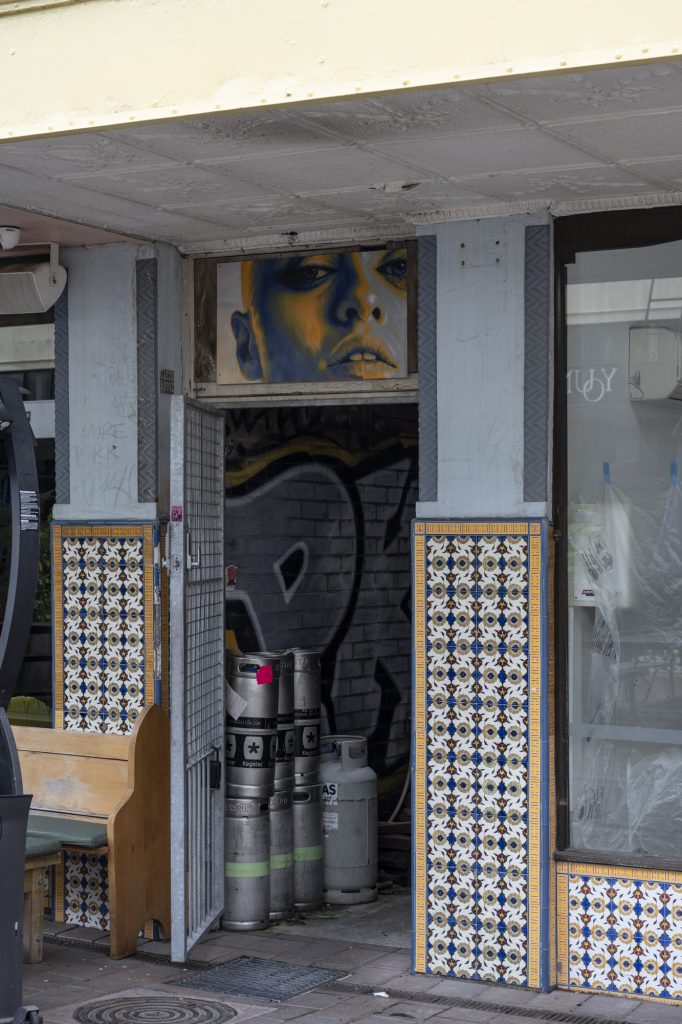
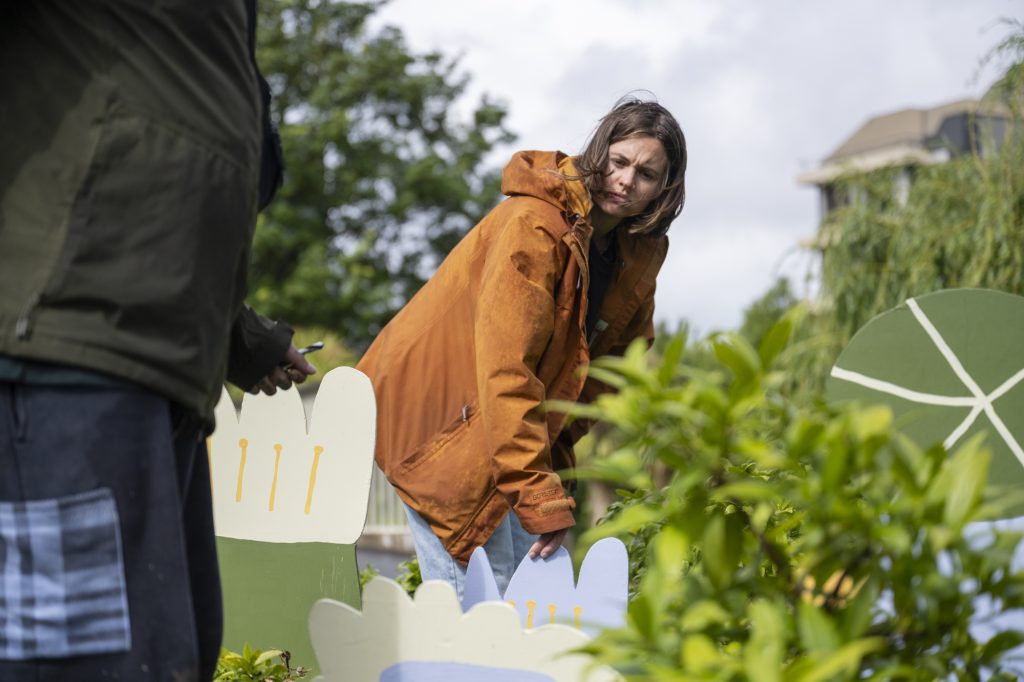
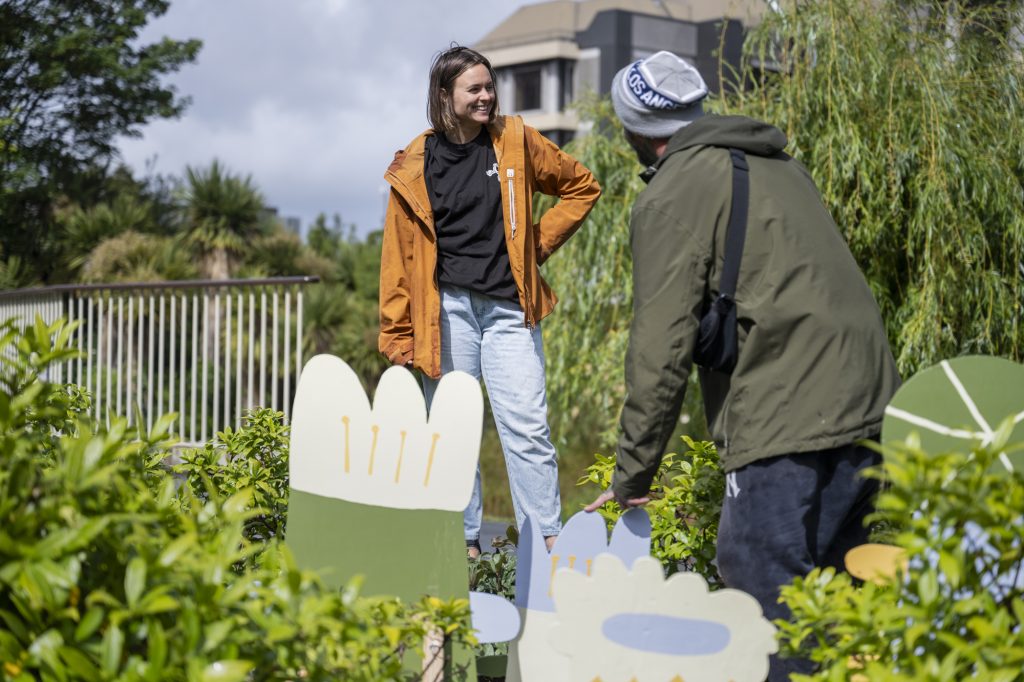
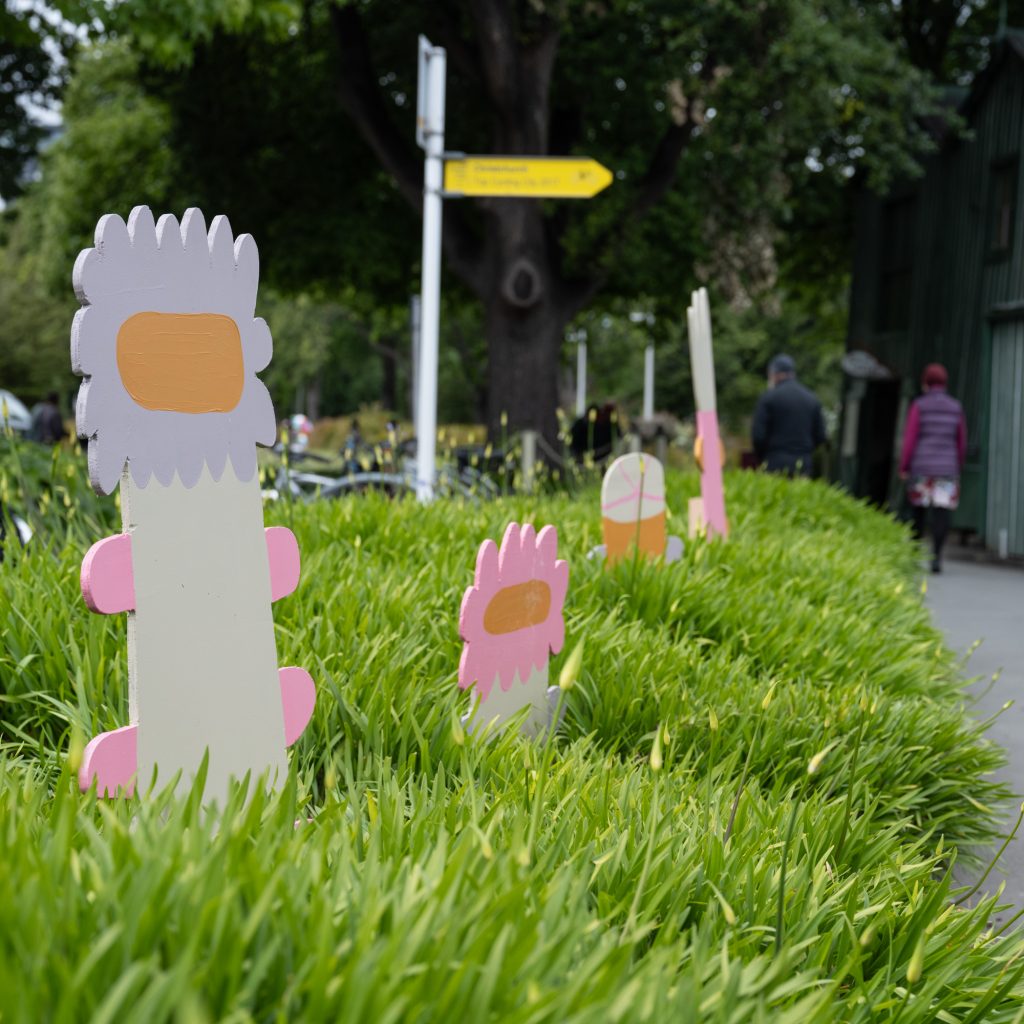
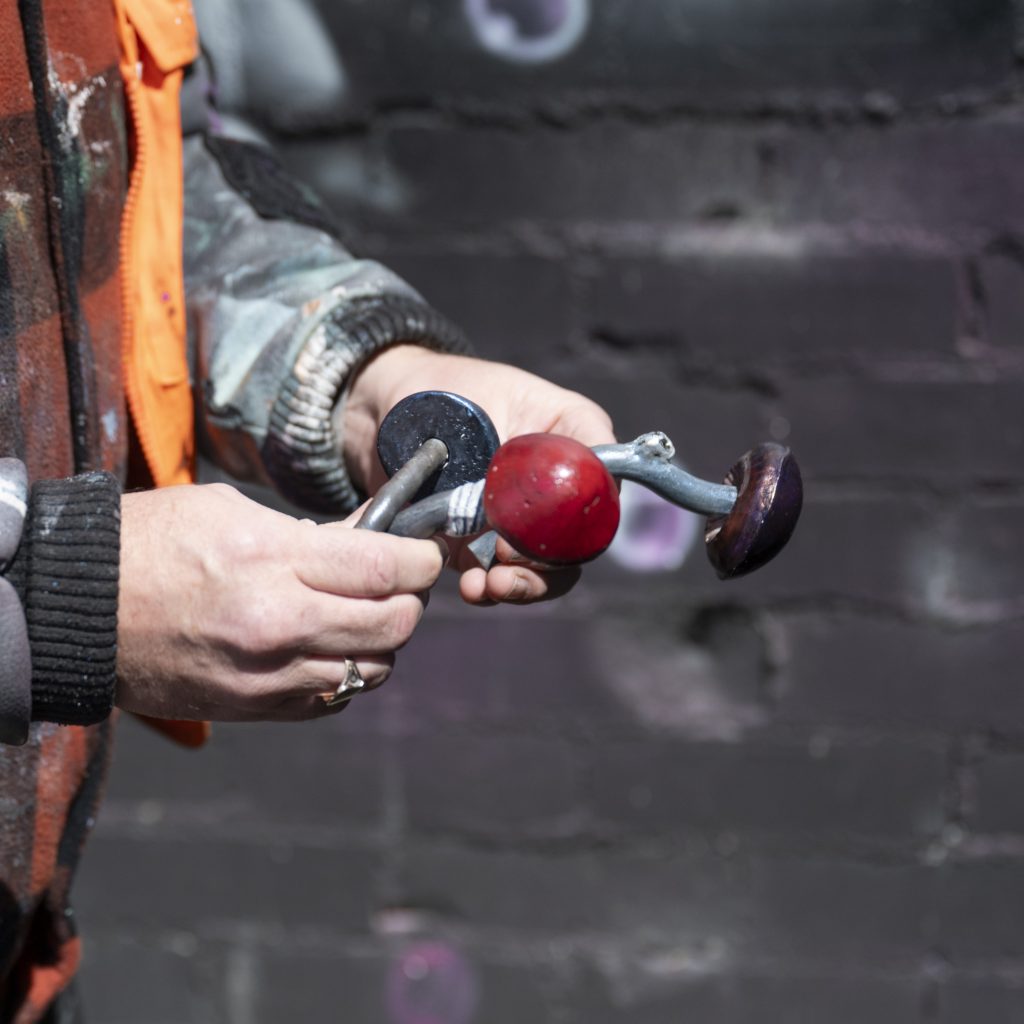
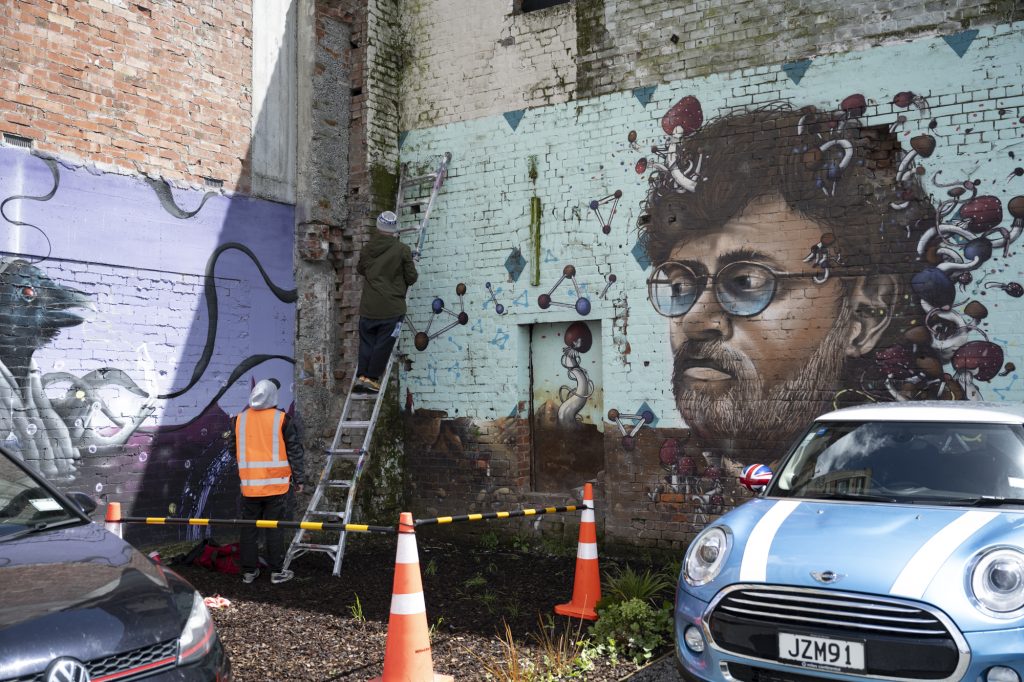
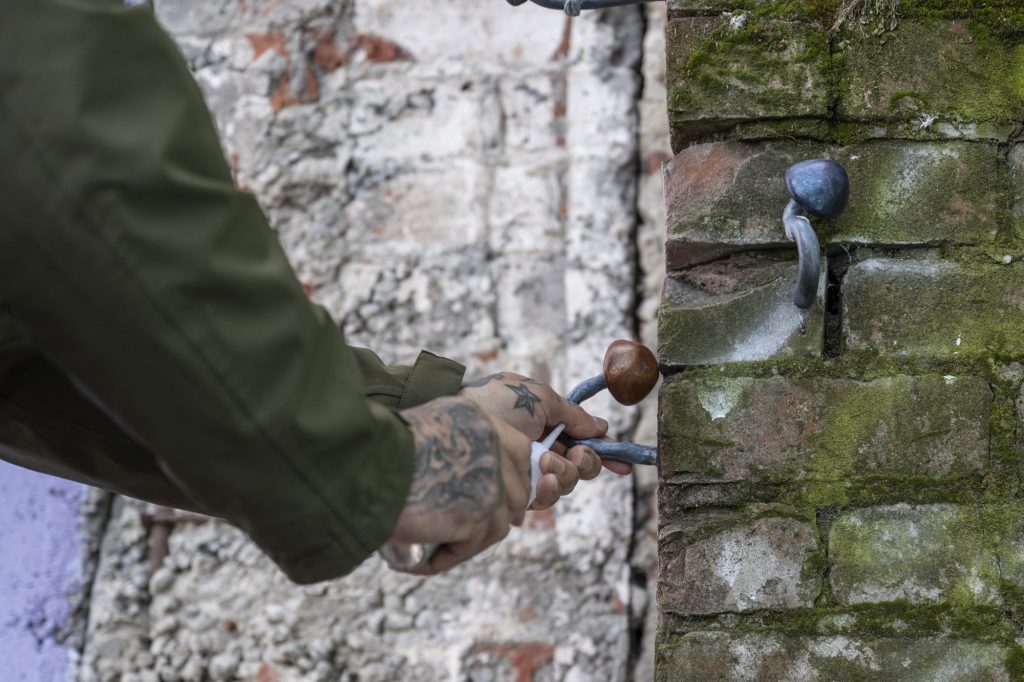
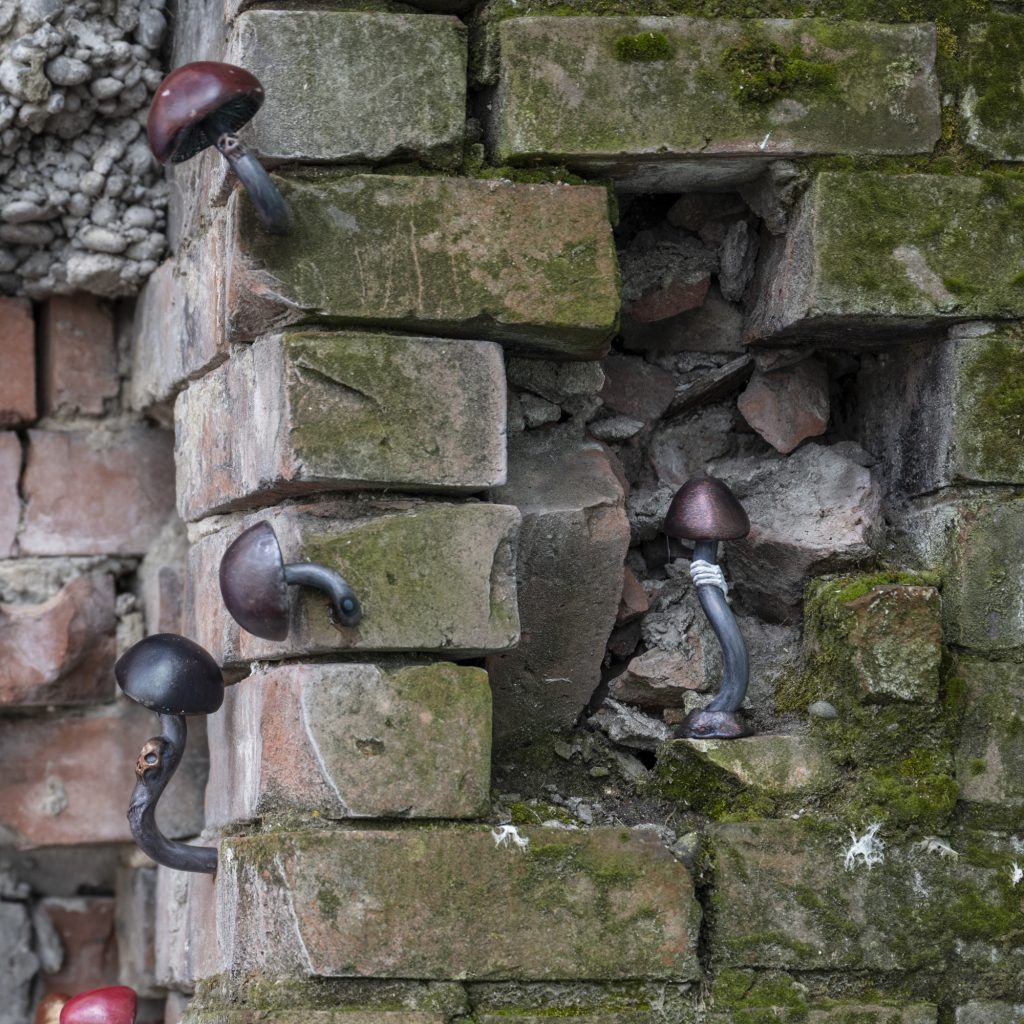
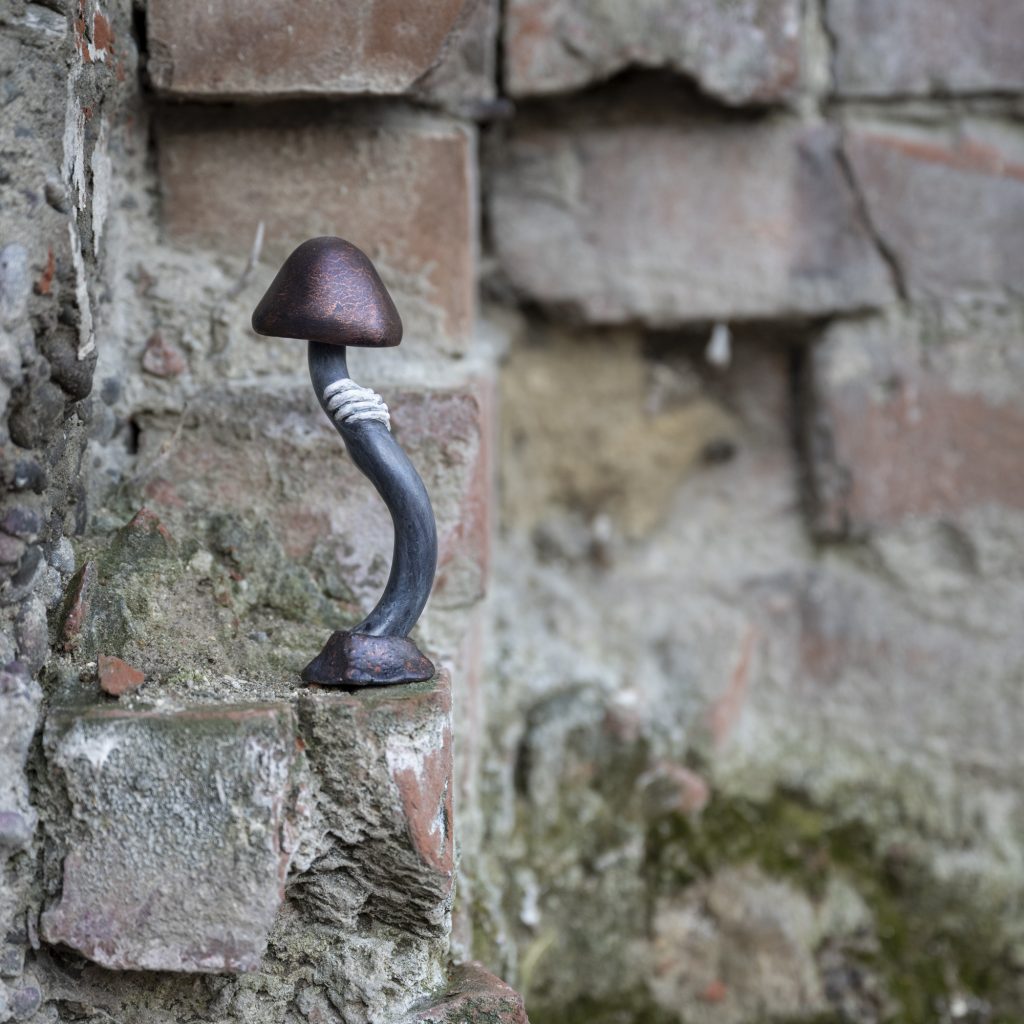
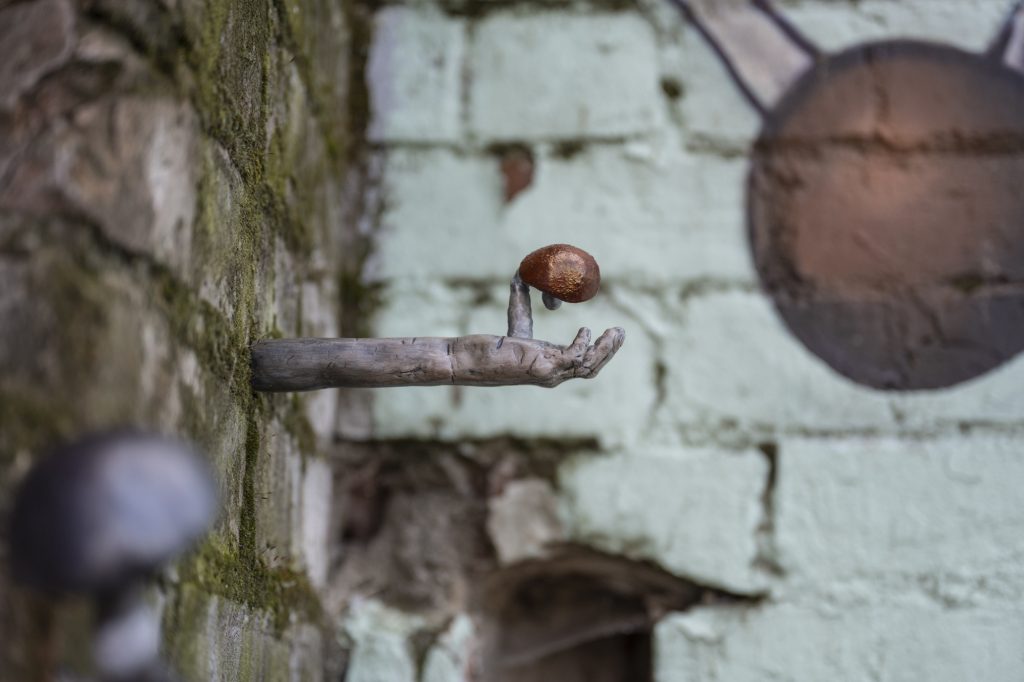
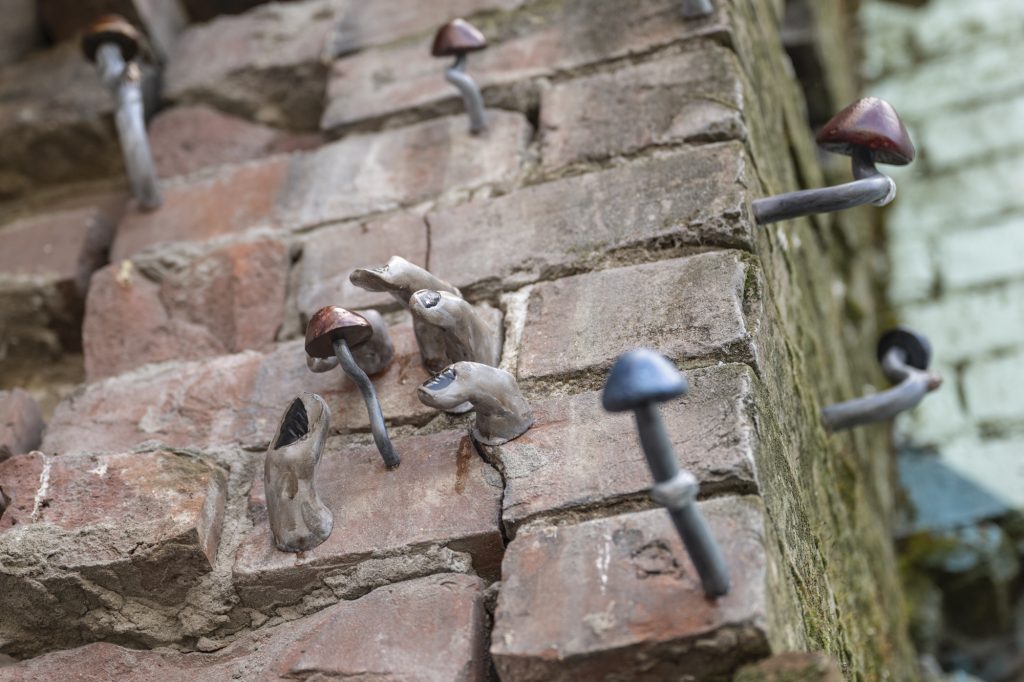
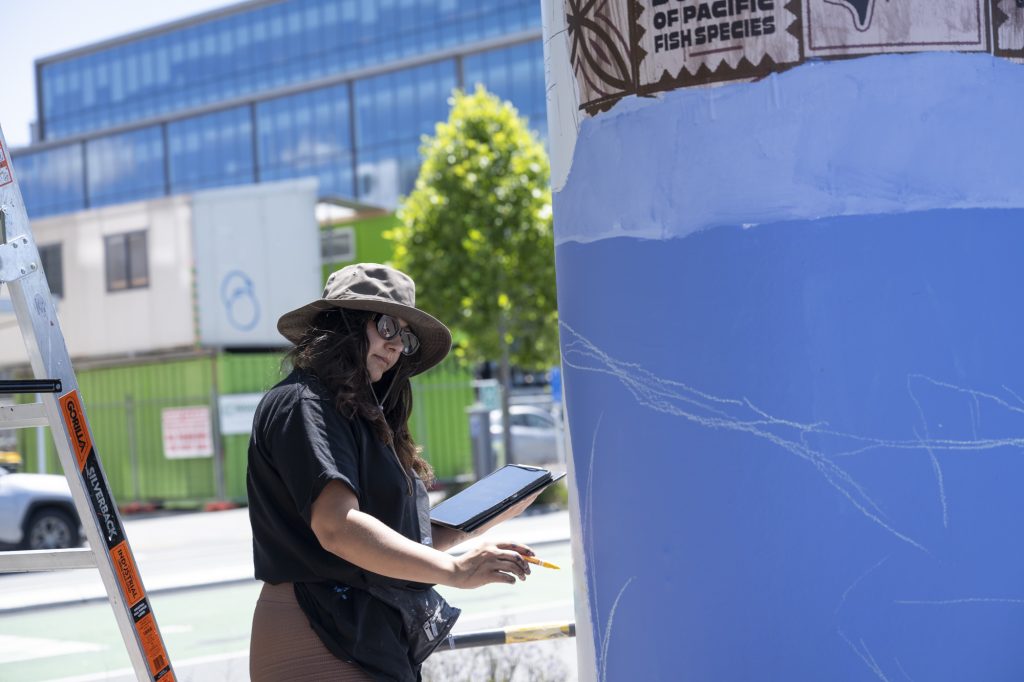
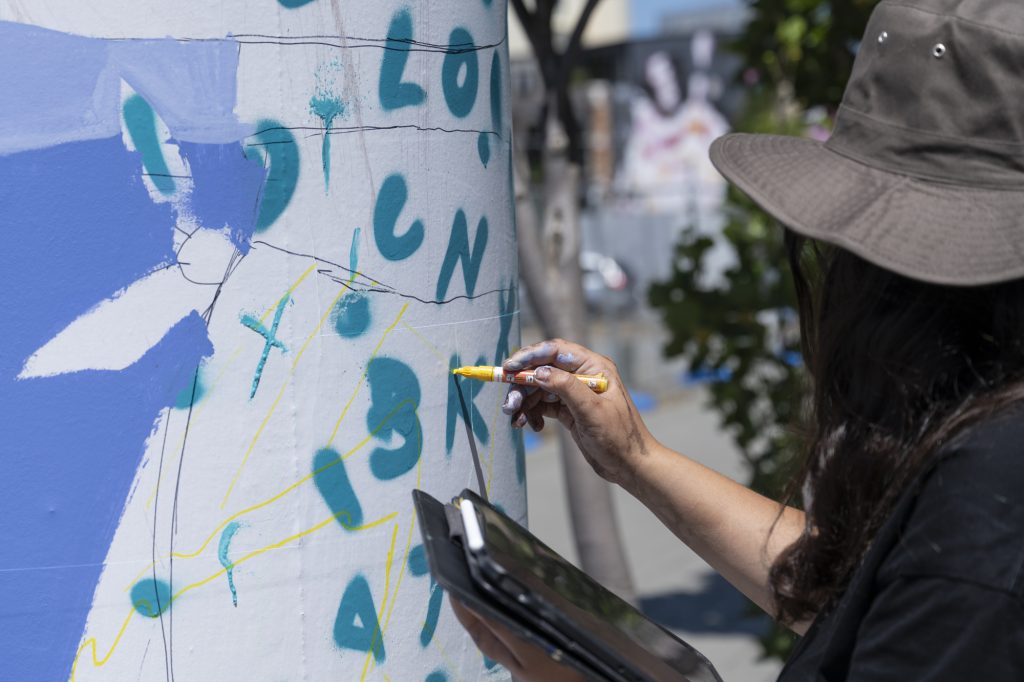
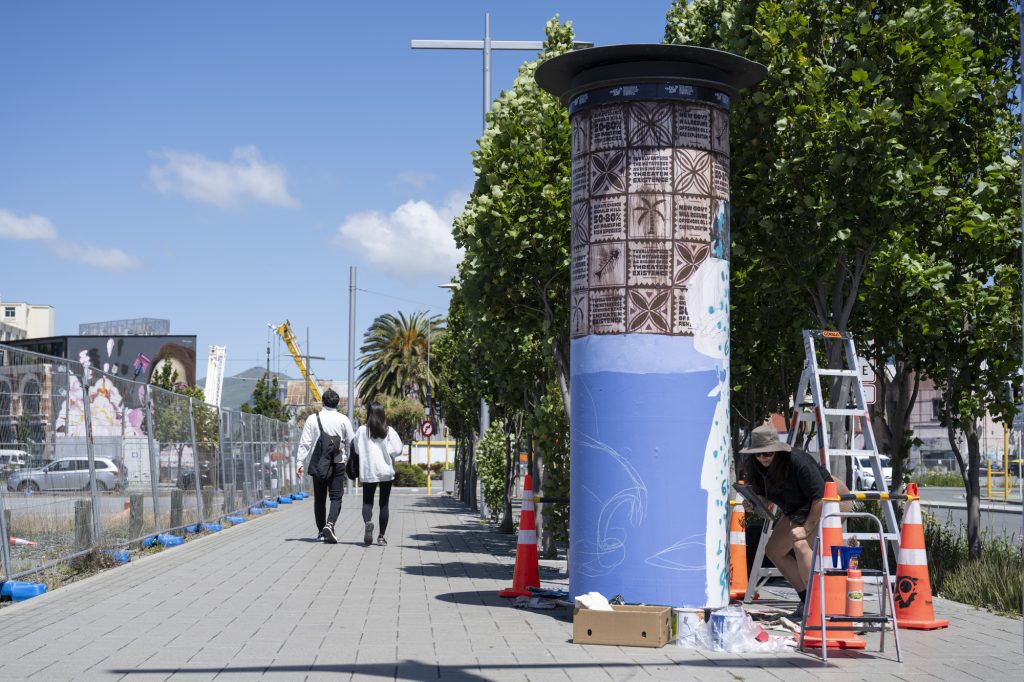
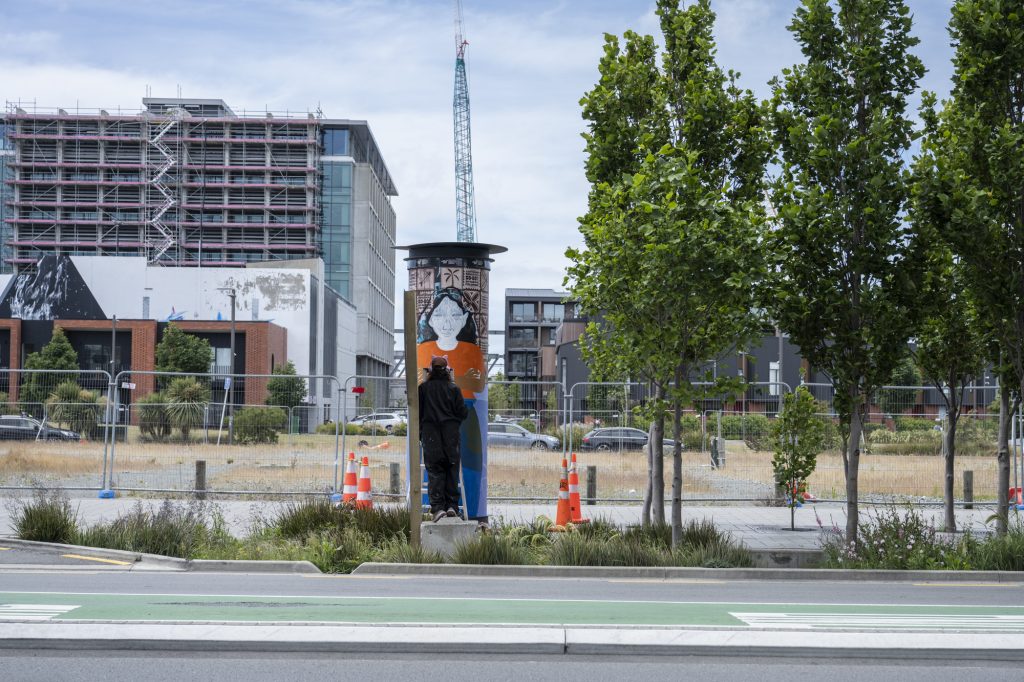
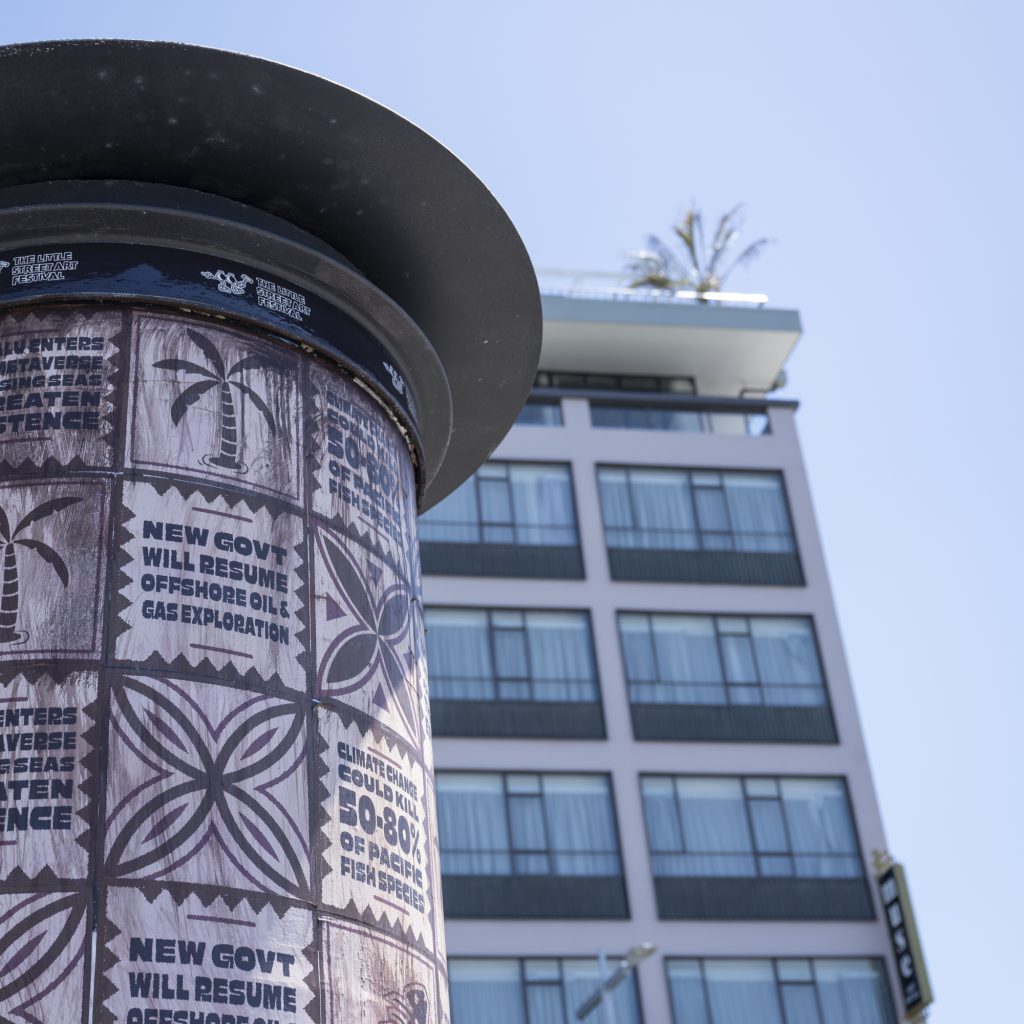
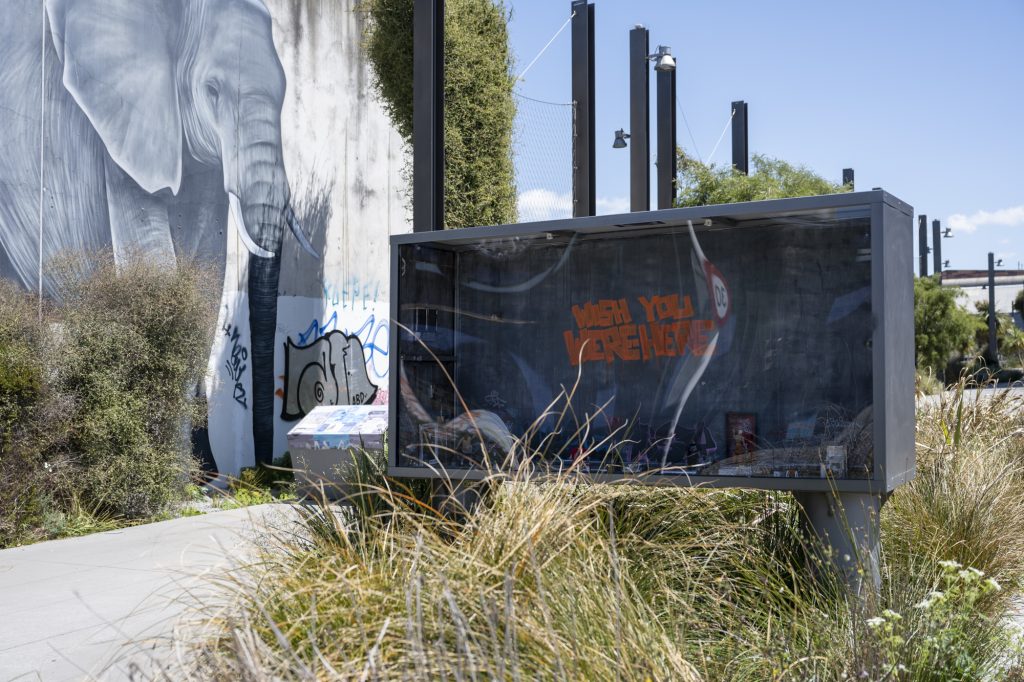
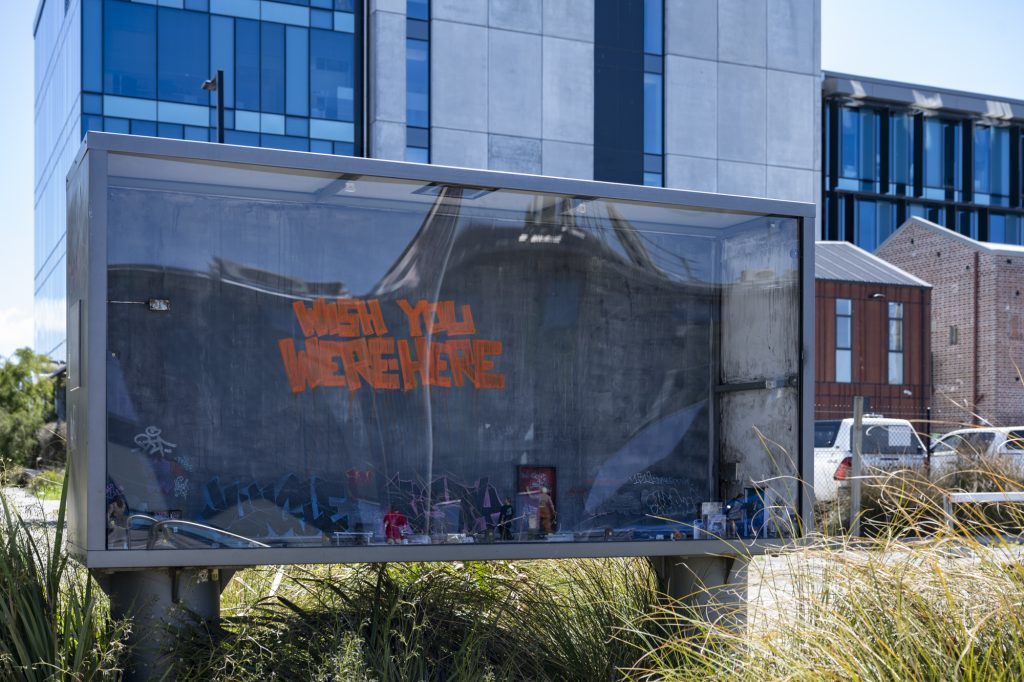
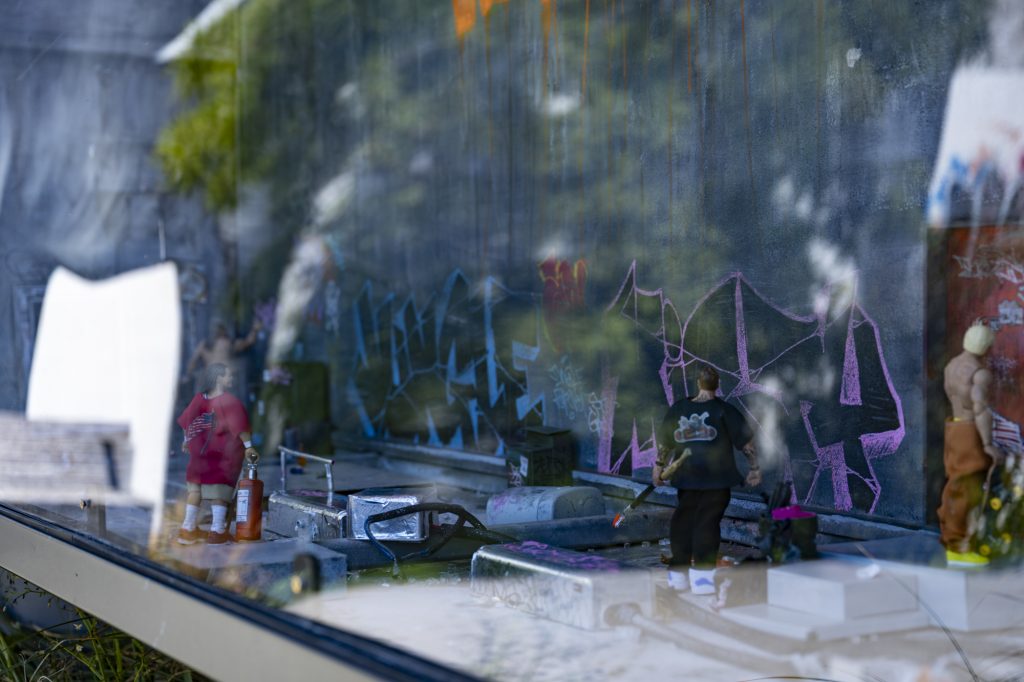
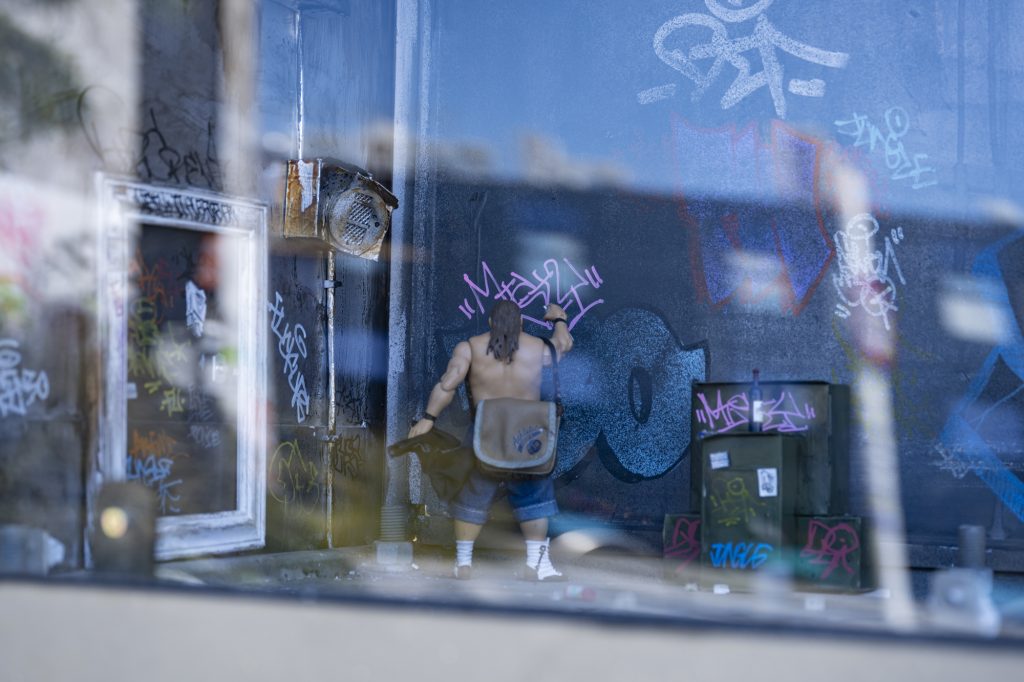
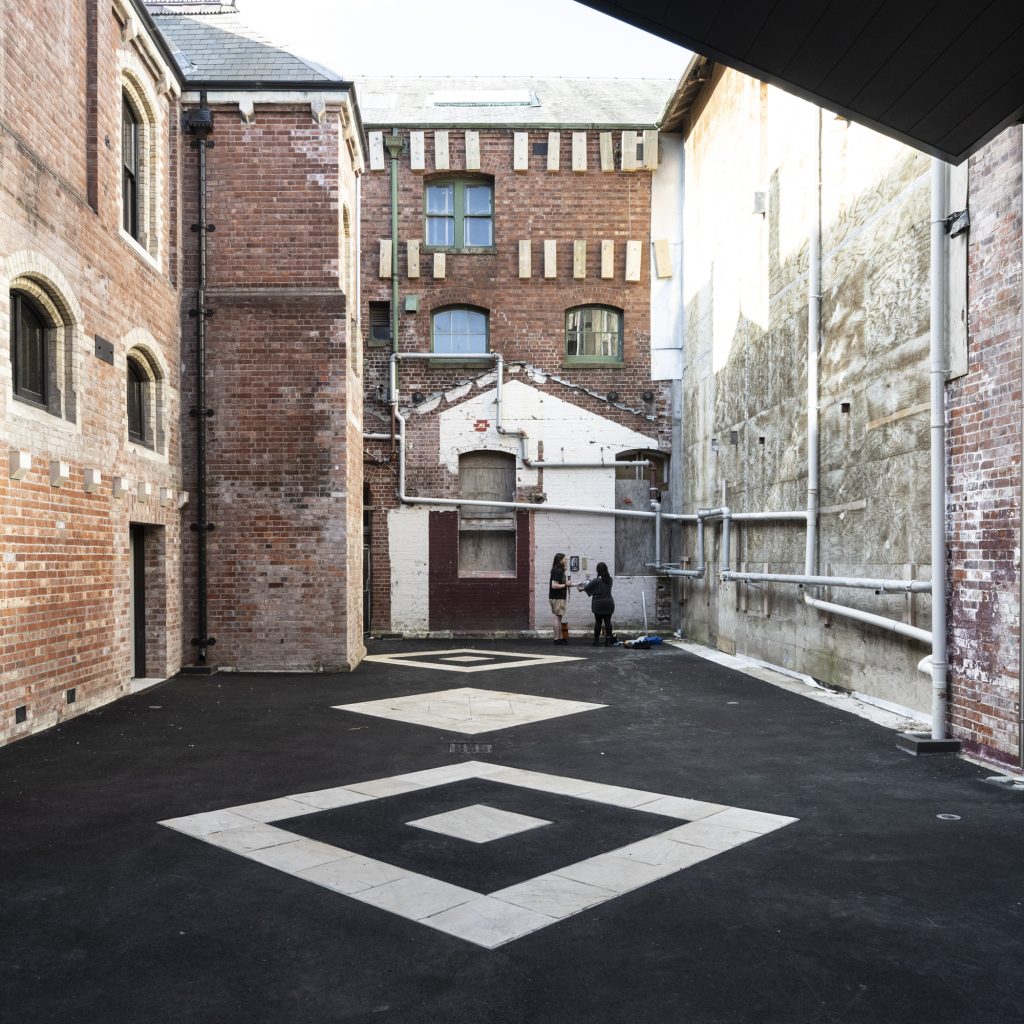
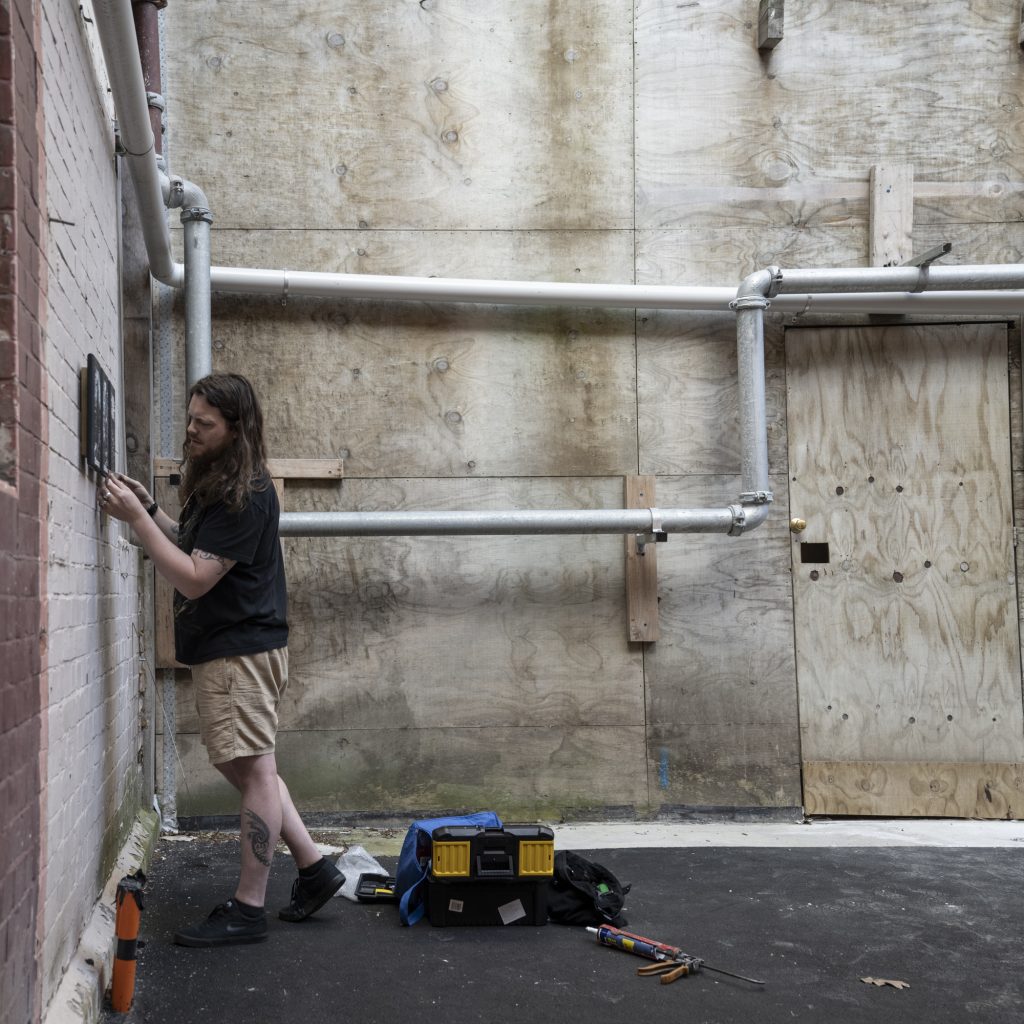
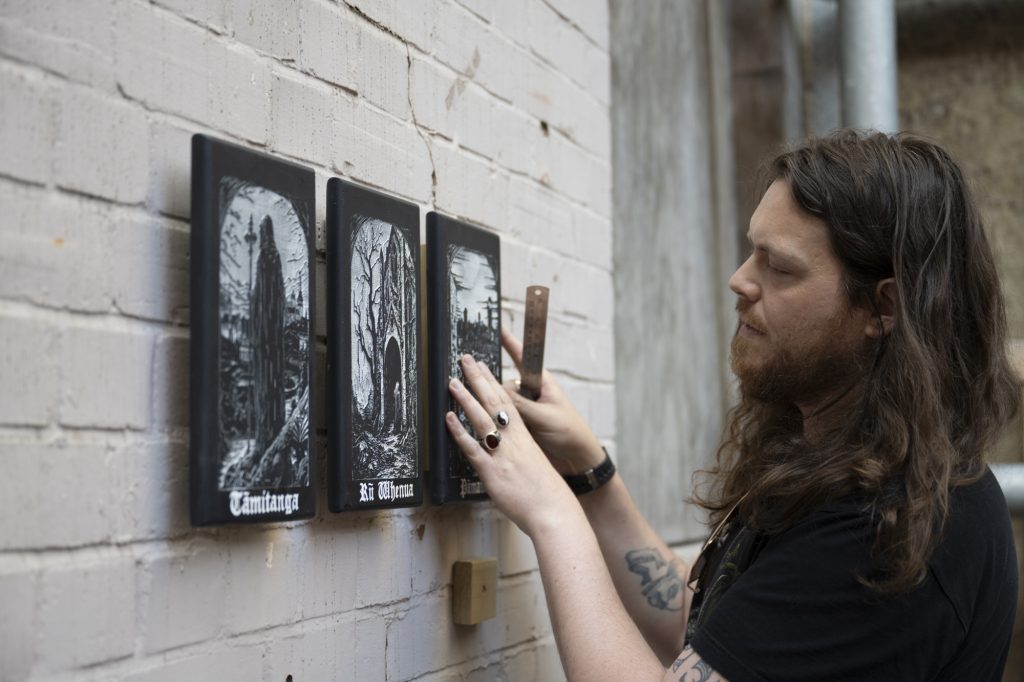
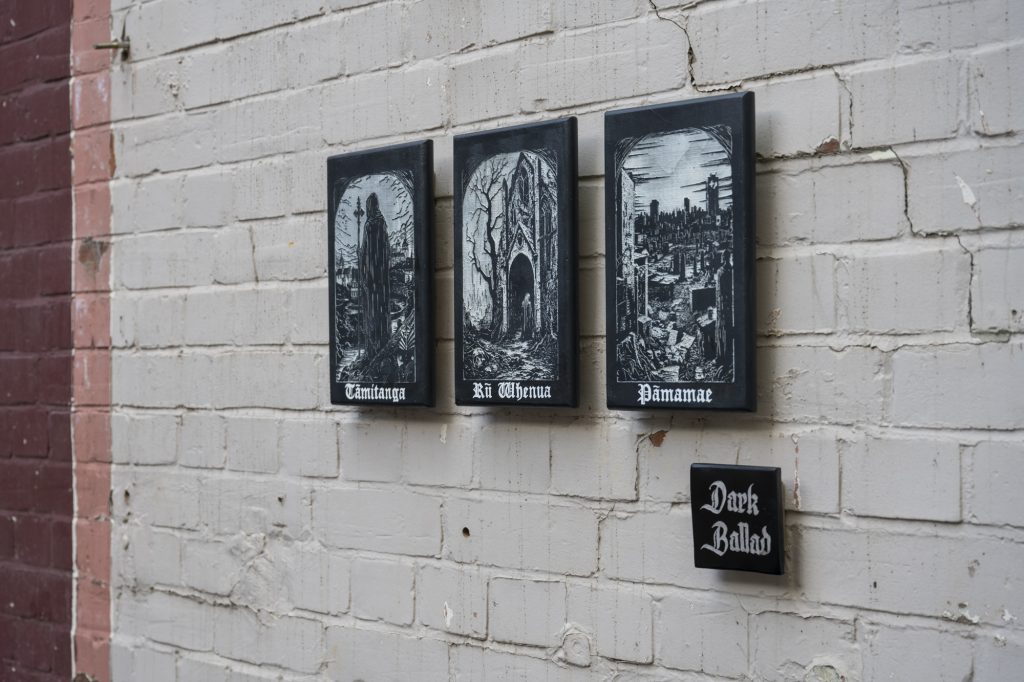
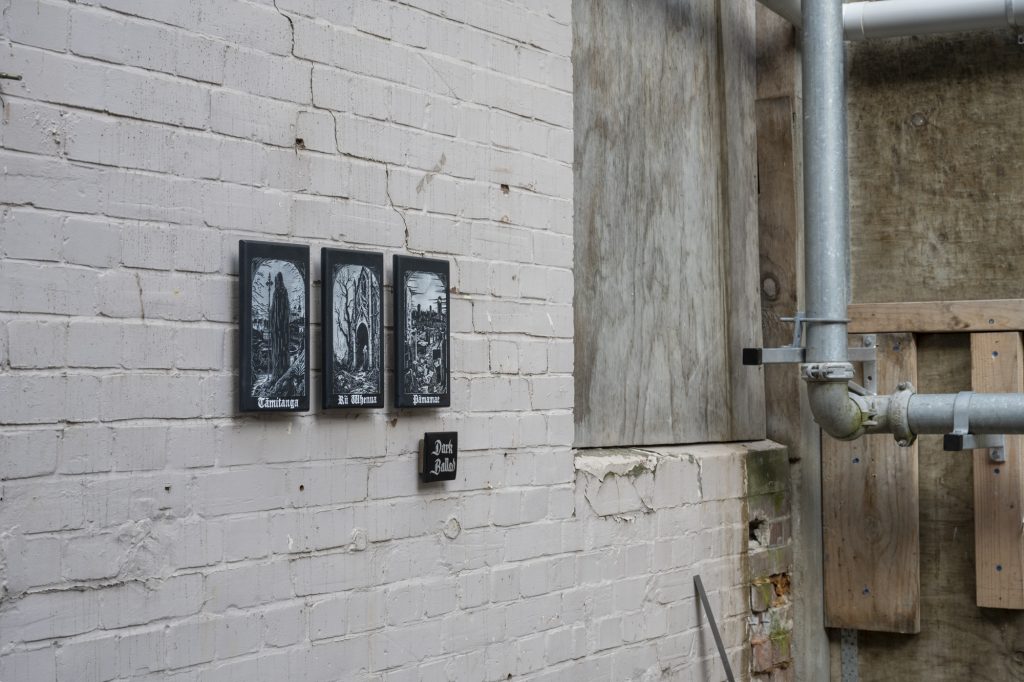
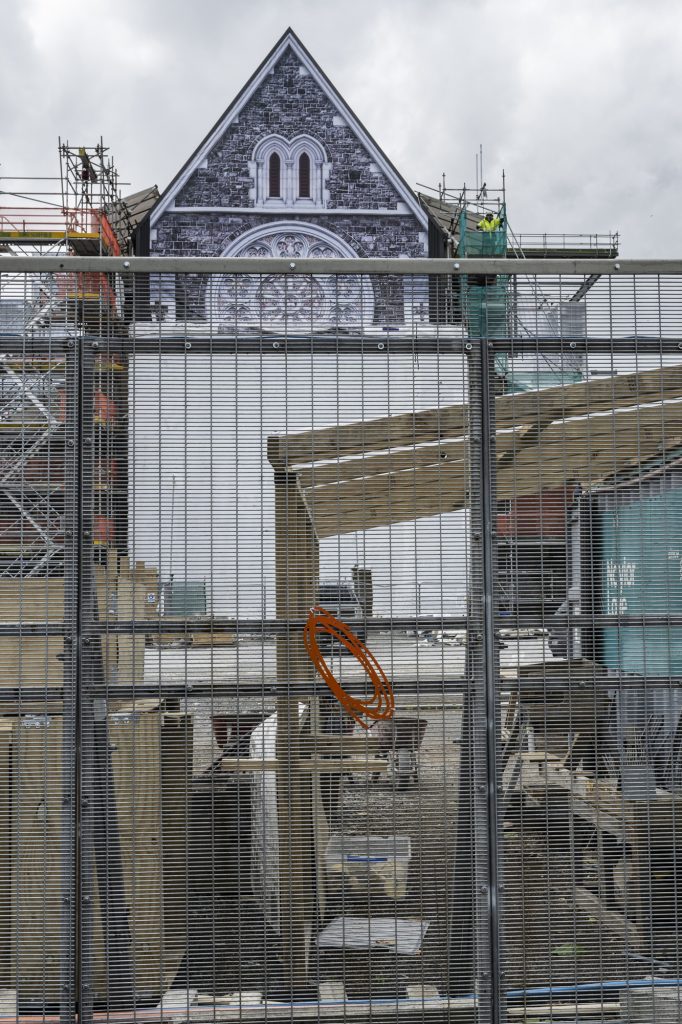
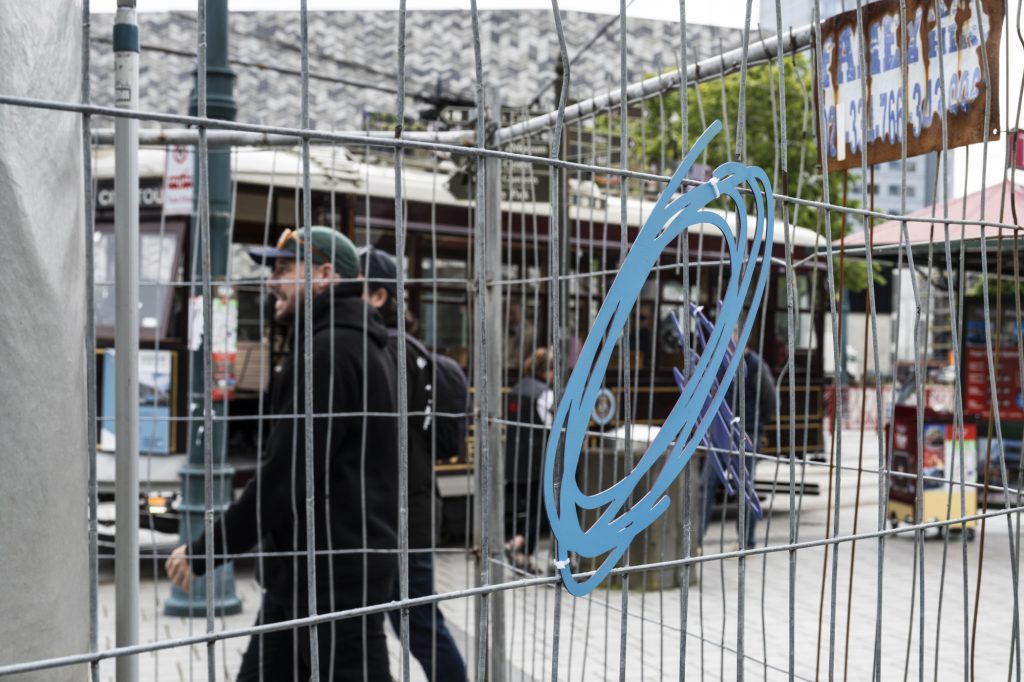
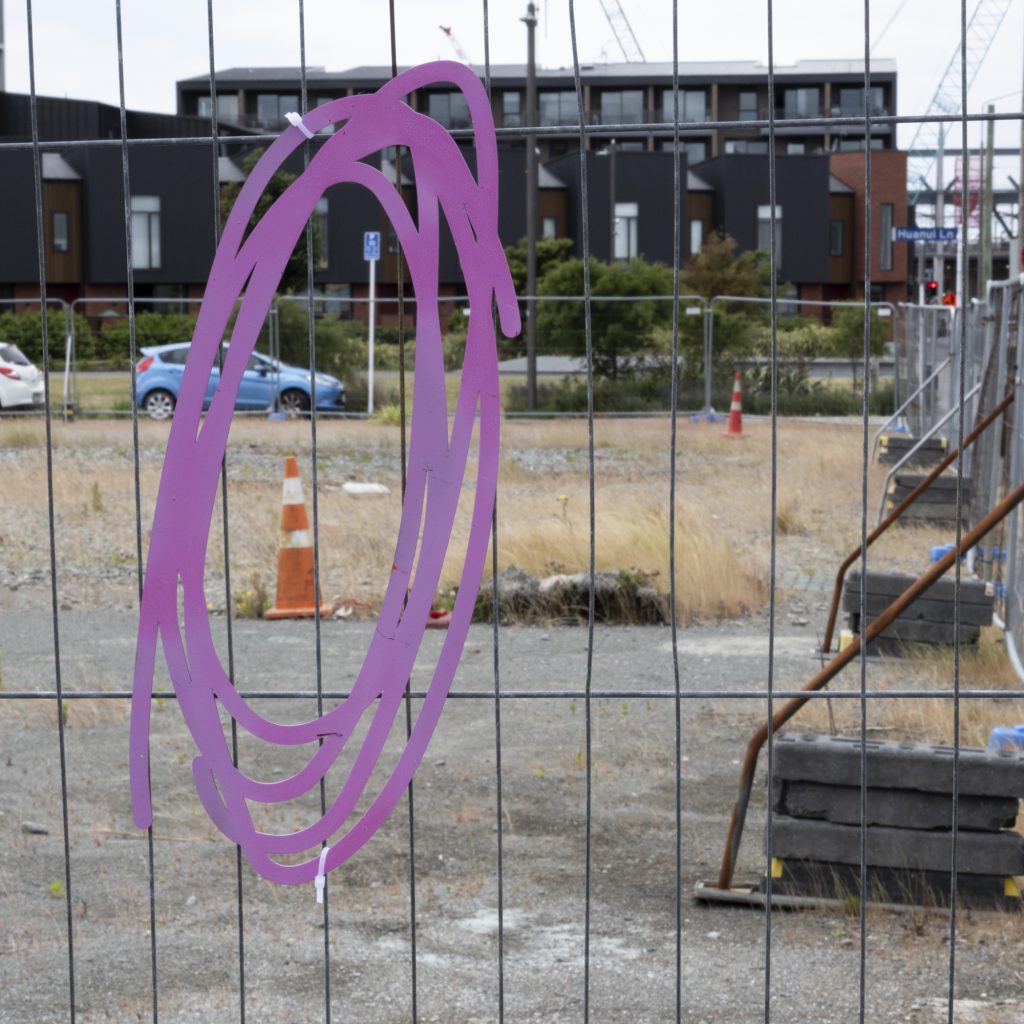
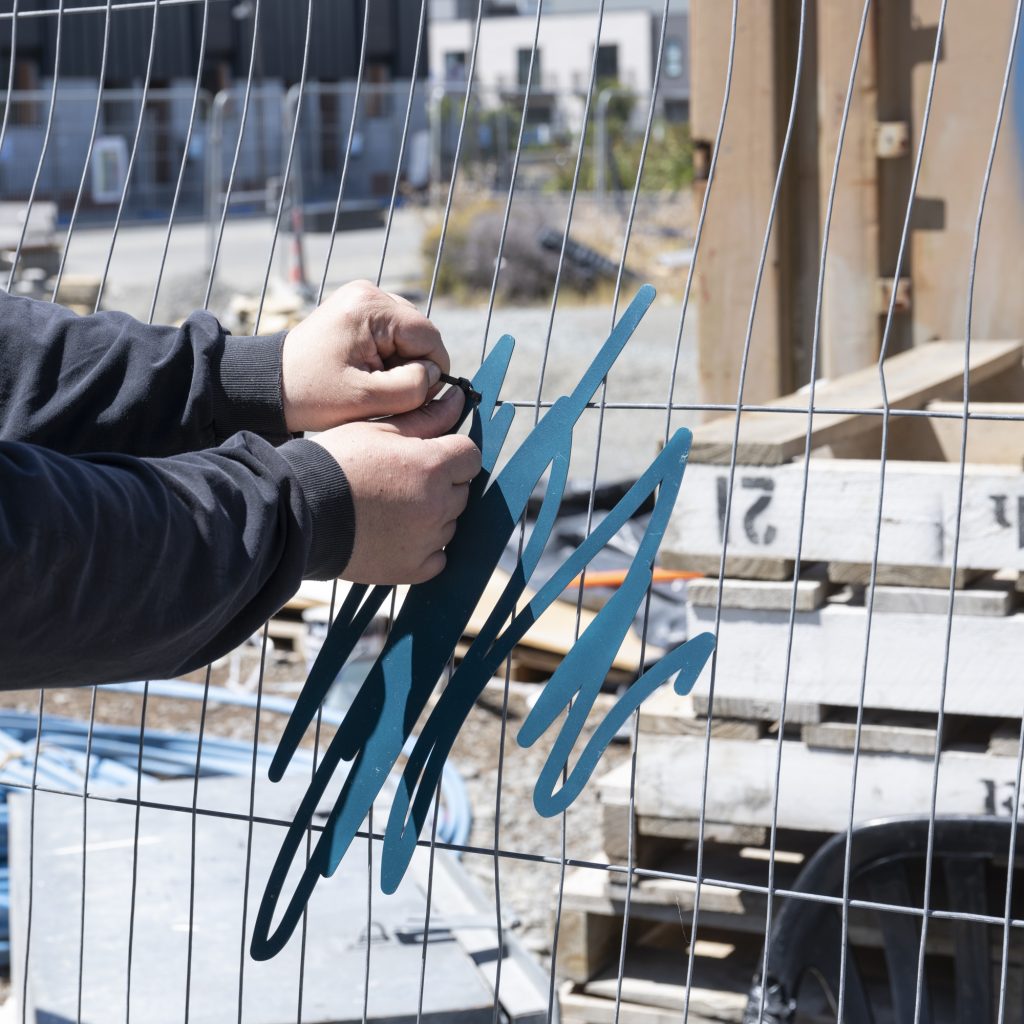
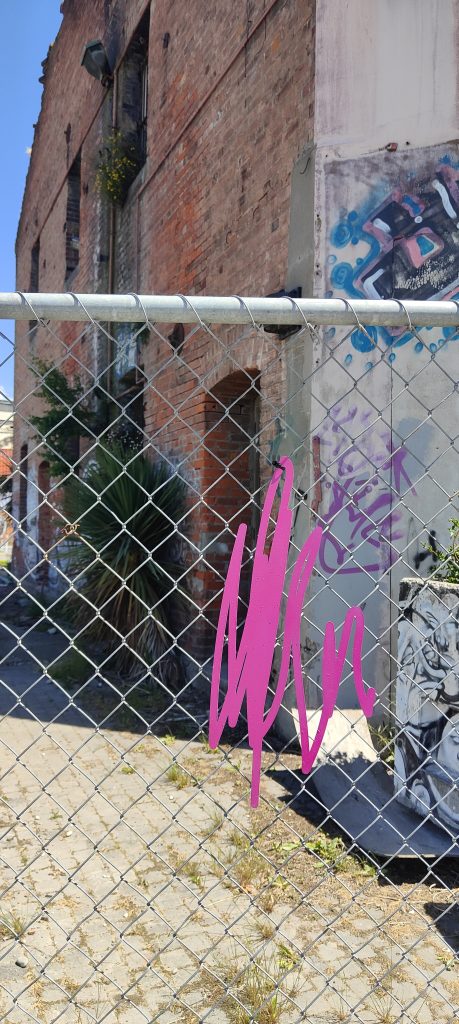
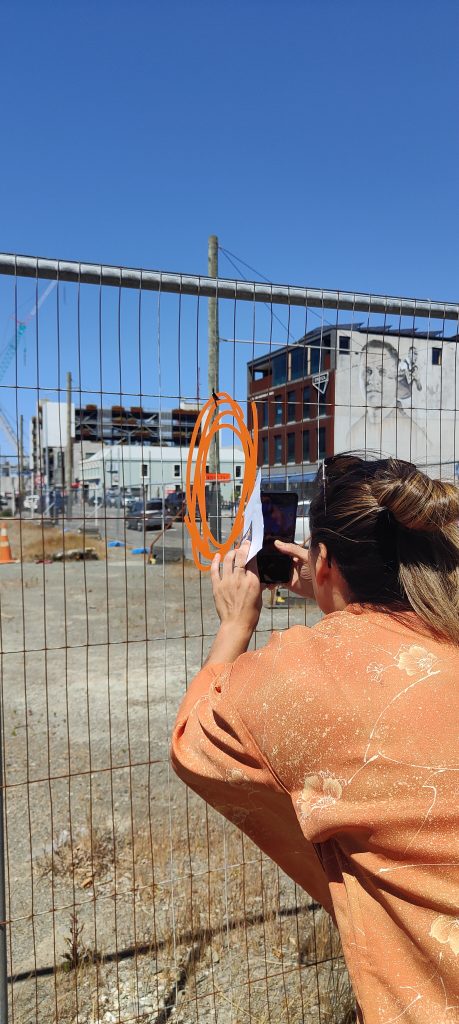
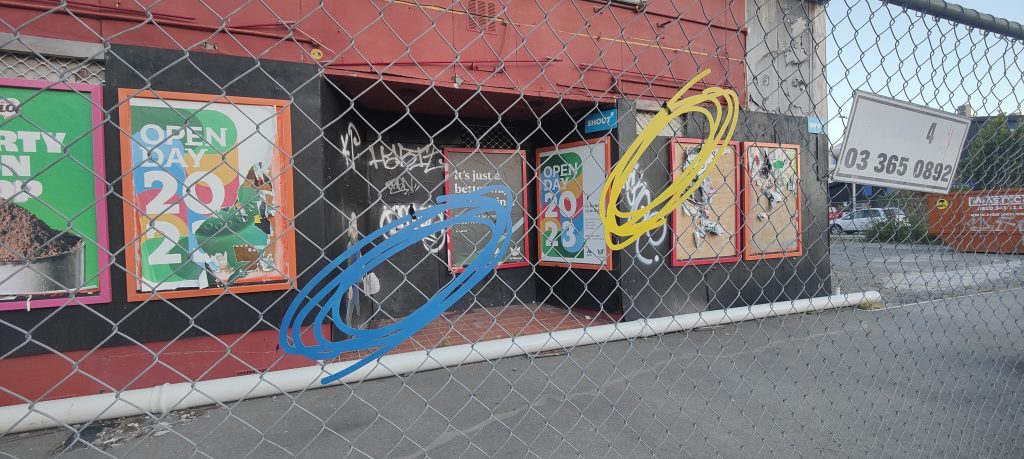
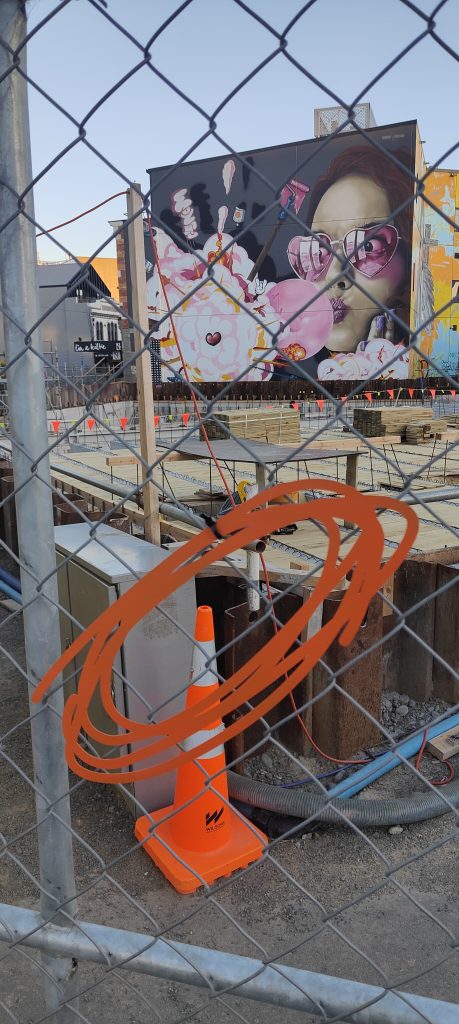
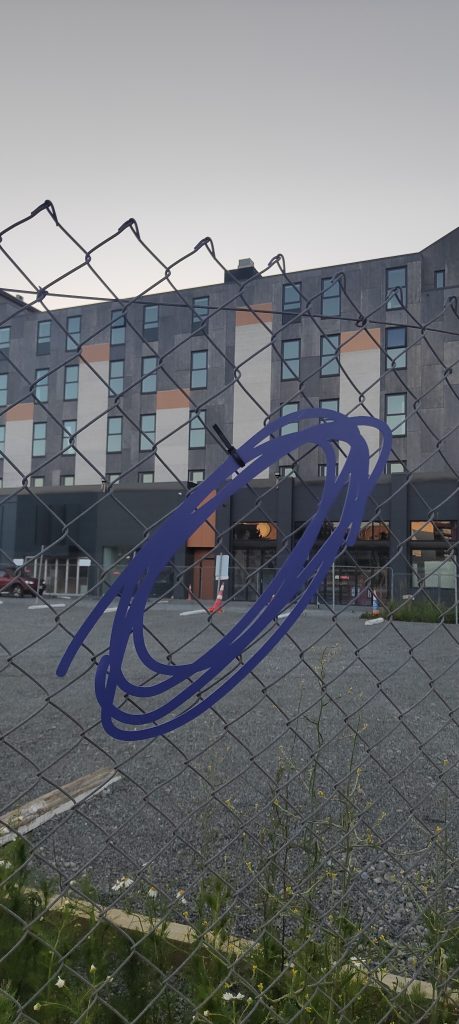
A massive thank you our sponsors: Westfield Riccarton, Antony & Mates, Phantom Billstickers, Christchurch City Council, Toi Otautahi, Creative Communities and all our Boosted donors!

